



|

|

|
|
San Diego Zoo
|
|
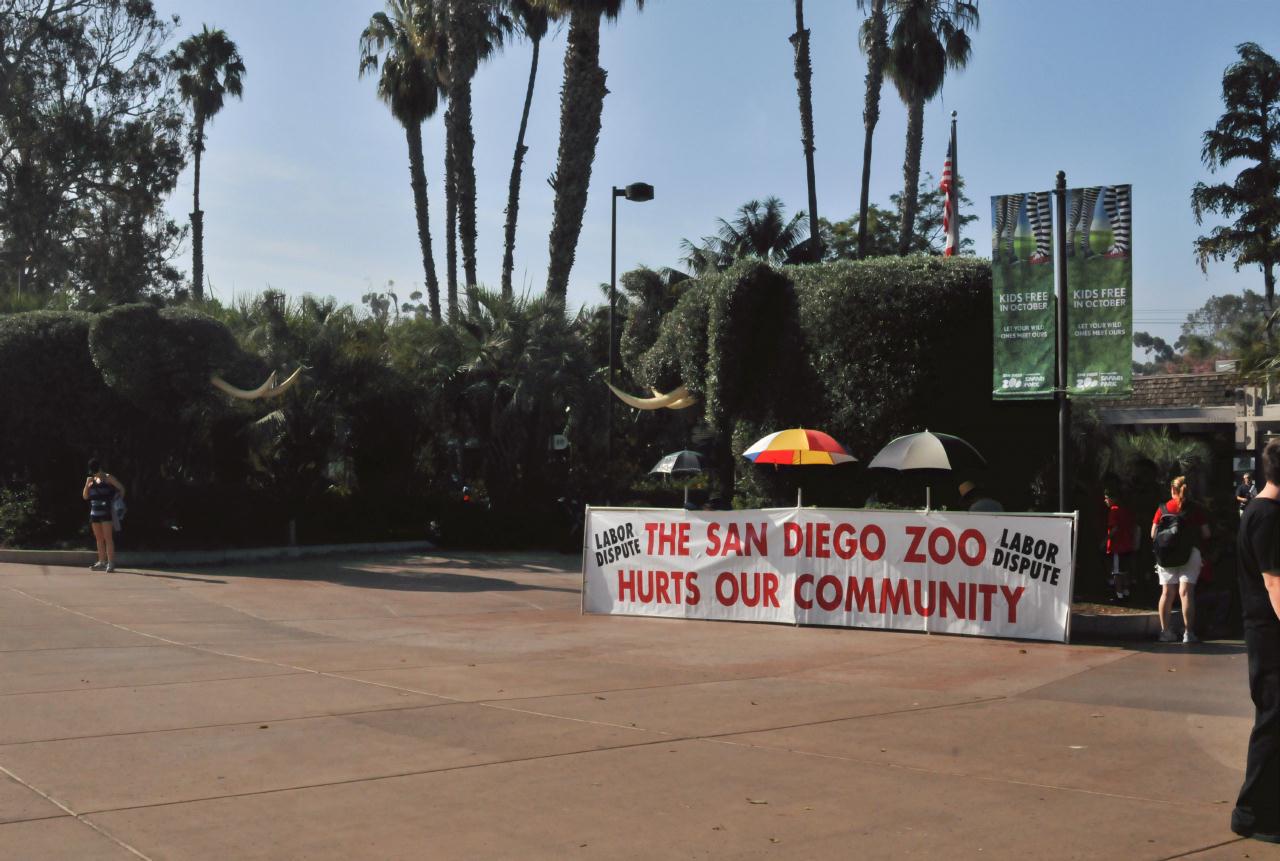 There was a labor dispute underway on that day. This sign was set up in front of the entrance and next to two huge topiary elephants. Behind was a lush profusion of palm trees and green shrubs.
San Diego Zoo 
 #BCX_9790 #BCX_9790
Add a comment or report a mistake
|
|
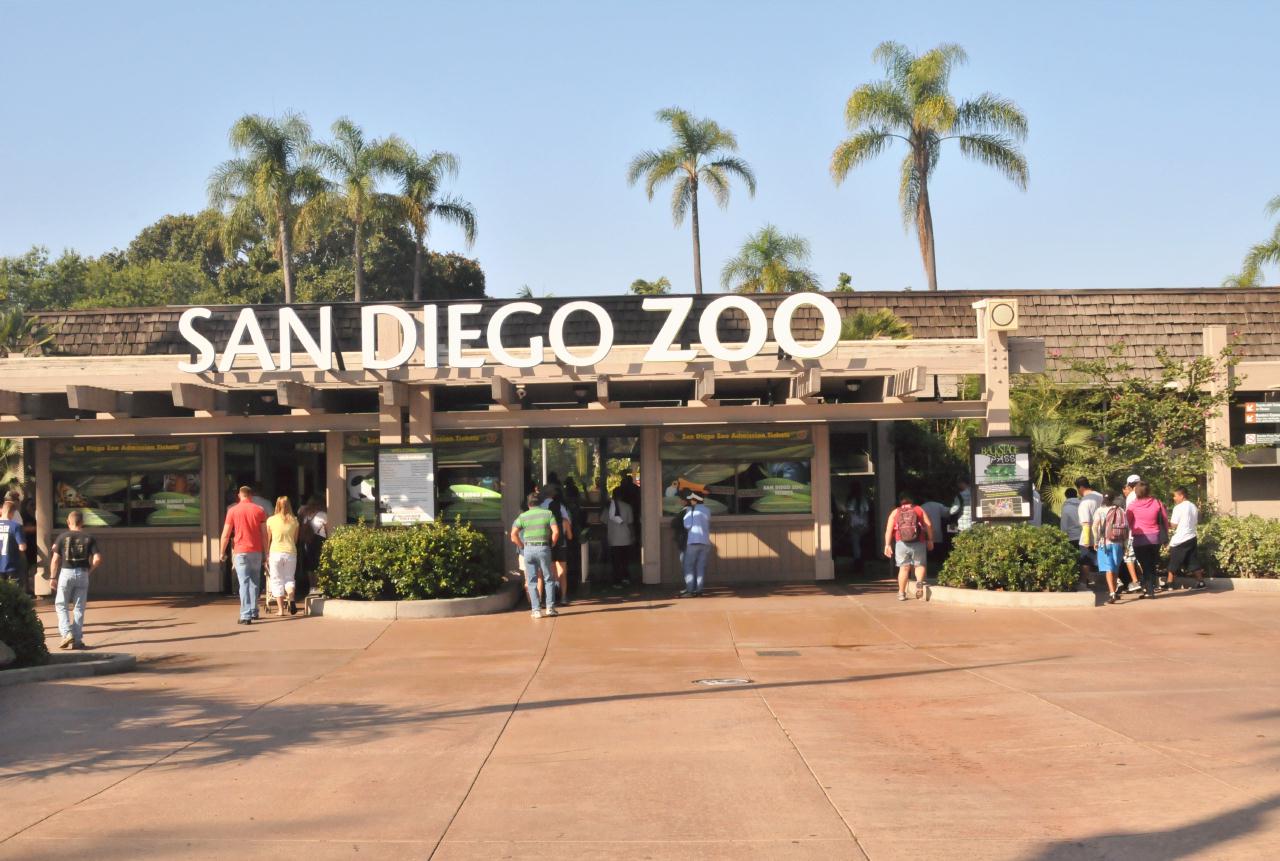 The zoo opens at 9:00 a.m. daily, but closes at different times depending on the season. The San Diego Zoo is located at 2920 Zoo Drive in Balboa Park, just north of downtown San Diego.
San Diego Zoo 
 #BCX_9794 #BCX_9794
Add a comment or report a mistake
|
|
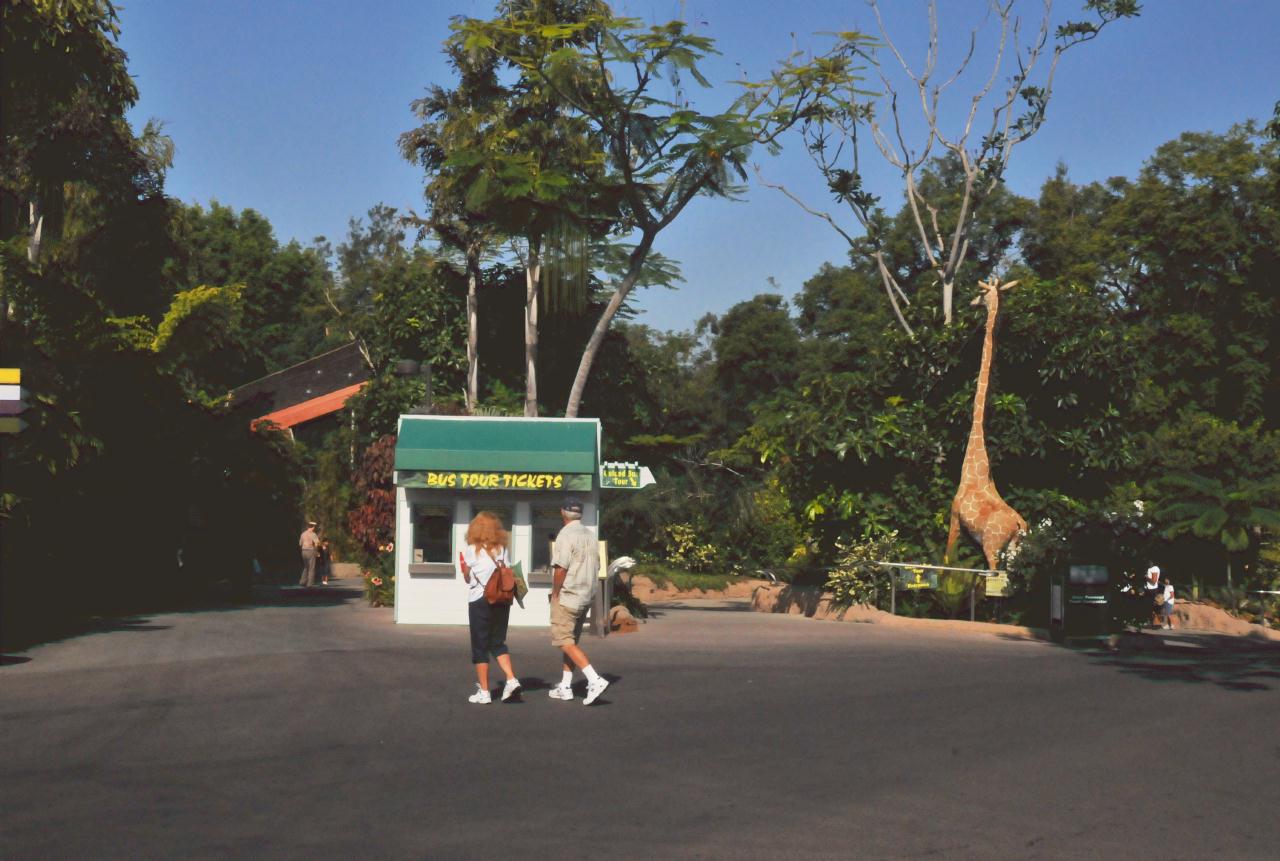 Just inside the entrance were shops and statuary and places to purchase tickets for special rides, such as those for the gondola.
San Diego Zoo 
 #BCX_9798 #BCX_9798
Add a comment or report a mistake
|
|
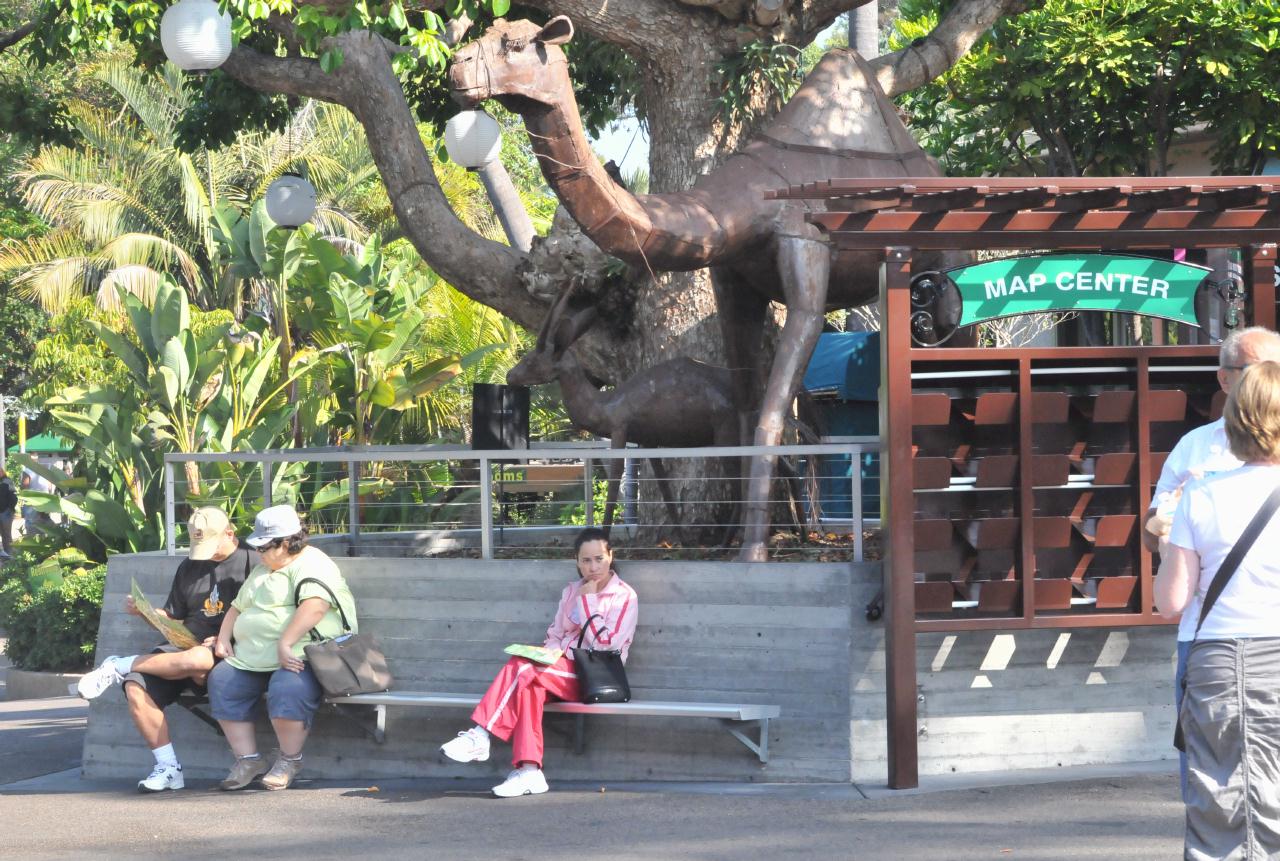 Guide pamphlets with maps were available near the entrance and throughout the park. Here was a handy bench upon which to loiter while reading the guide.
San Diego Zoo 
 #BCX_9800 #BCX_9800
Add a comment or report a mistake
|
|
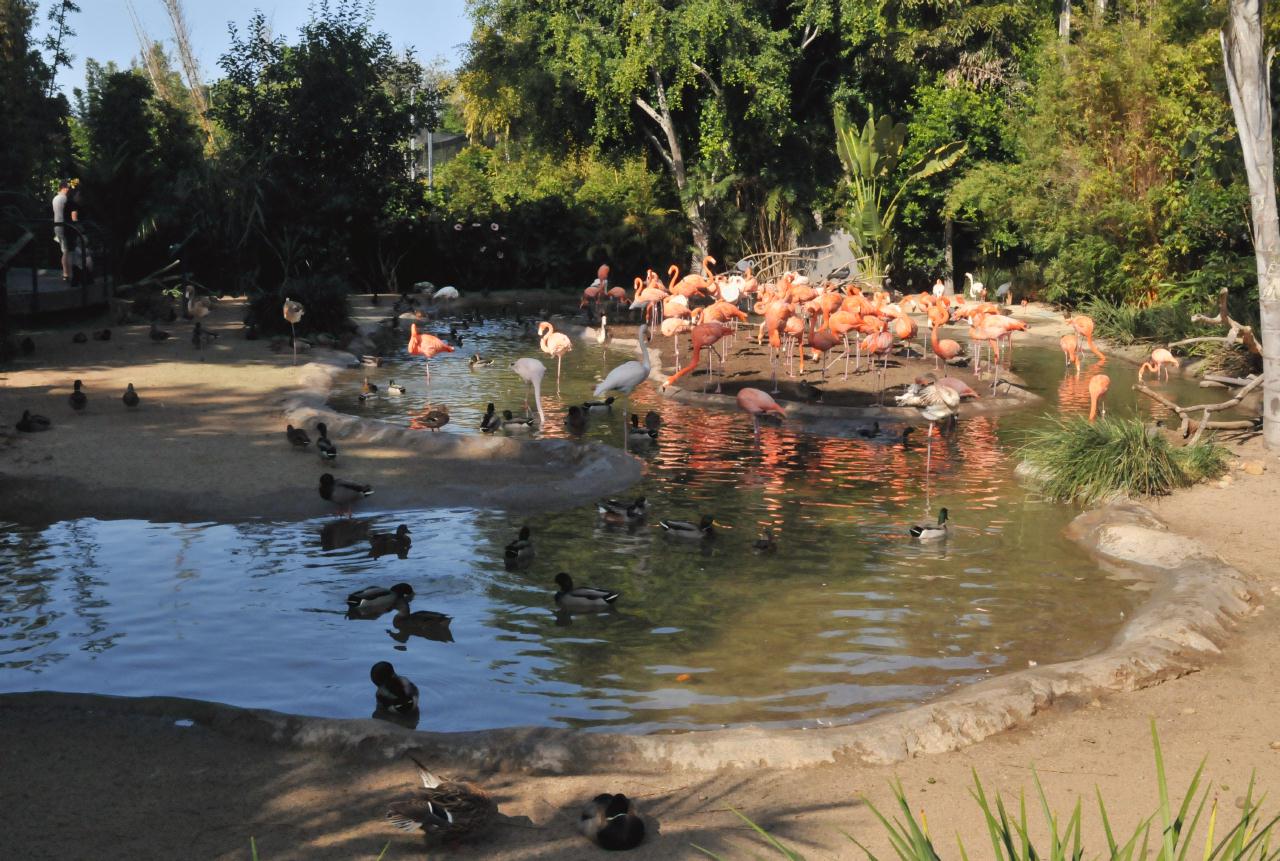 Most zoos feature a flamingo exhibit near the entrance. San Diego Zoo was only different because of it size. The flamingo exhibit was a goodly walk from the entrance and along only one of four main paths inward.
Caribbean Flamingos (Phoenicopterus ruber ruber) • San Diego Zoo 
 #BCX_9802 #BCX_9802
Add a comment or report a mistake
|
|
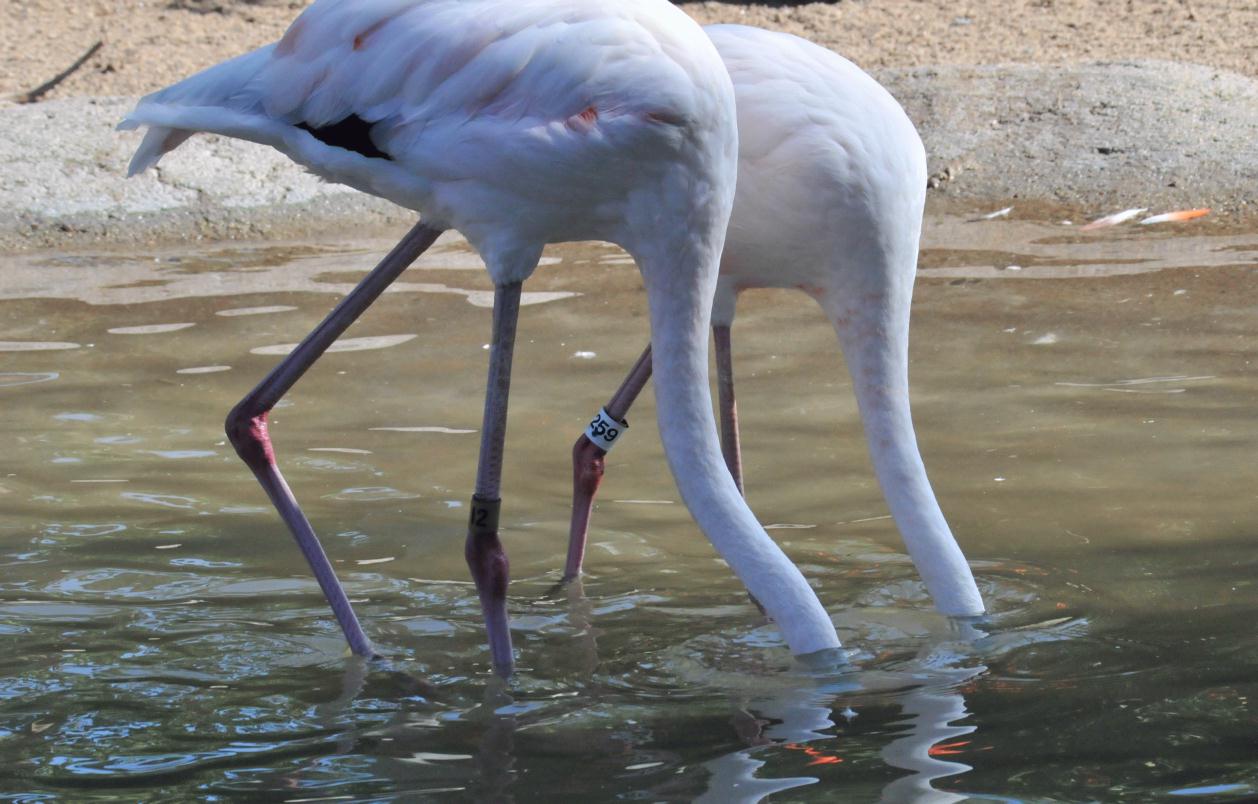 Two flamingos browsed for food with their heads inverted under water. These two immature flamingos had not eaten enough shrimp yet to turn pink.
Caribbean Flamingos (Phoenicopterus ruber ruber) • San Diego Zoo 
 #TNT_9246 #TNT_9246
Add a comment or report a mistake
|
|
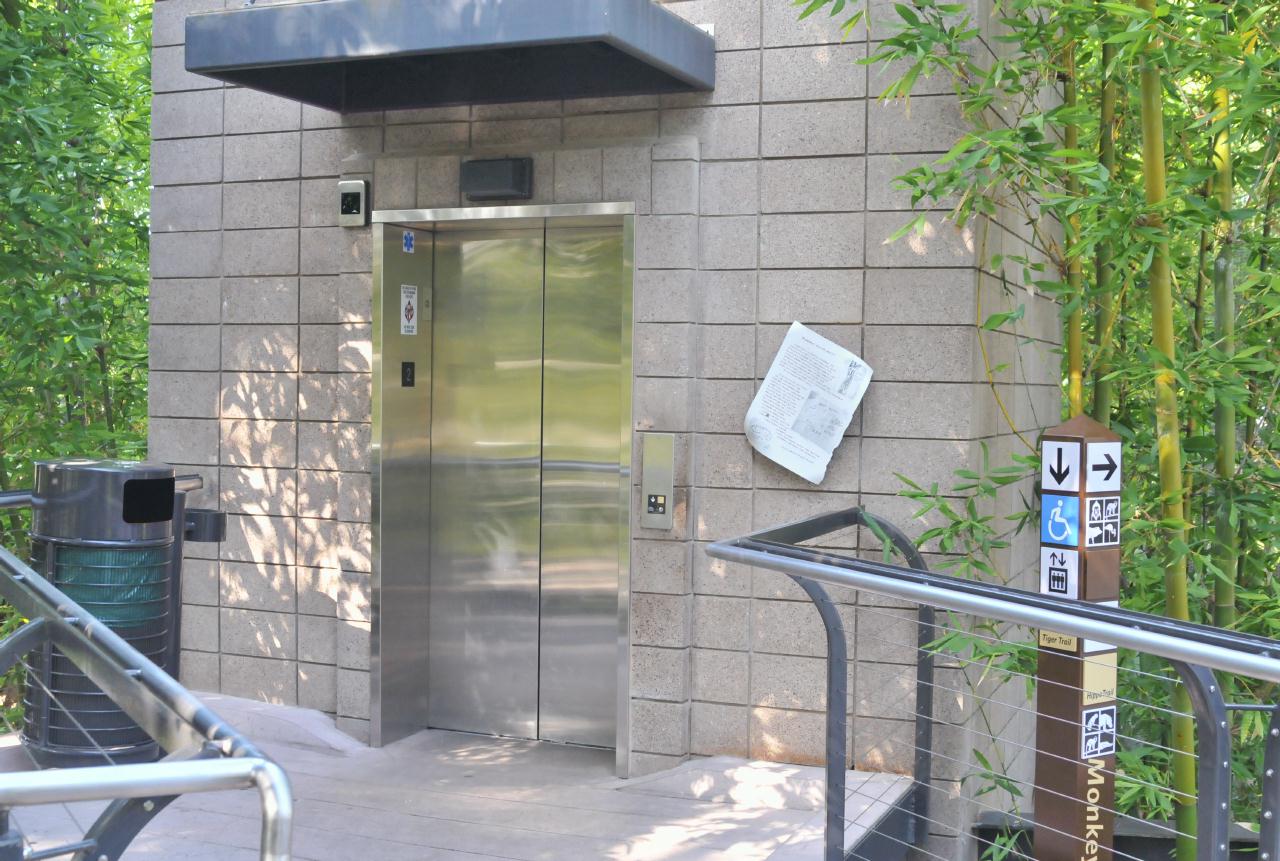 The zoo has many hills and elevated paths. To accommodated the disabled, clean elevators were available at major junctions. Here, the choice was to continue either over the elevated Tiger Trail, or to go down to a different path at ground level below.
San Diego Zoo 
 #BCX_9815 #BCX_9815
Add a comment or report a mistake
|
|
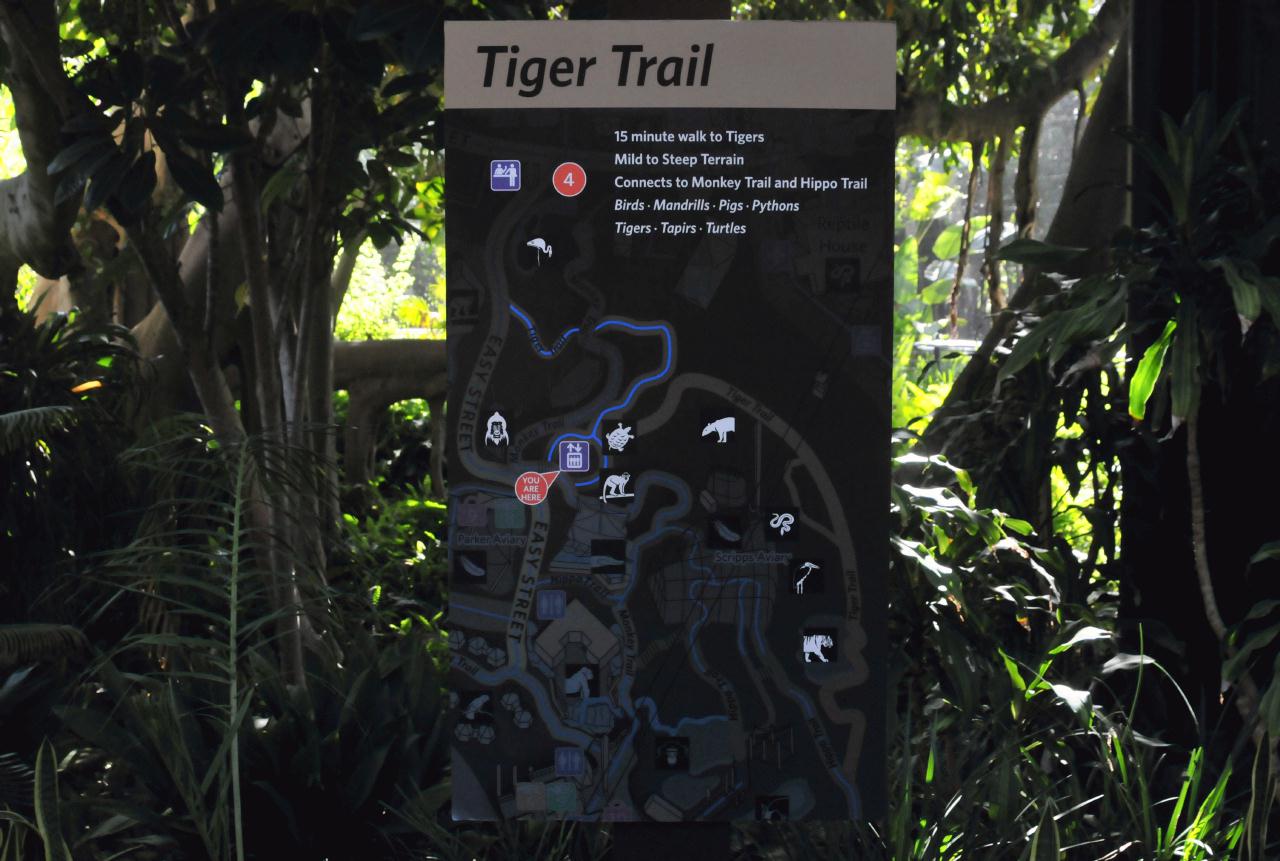 Clear maps were posted at all junctions along all trails. The circled number corresponded to numbers on the brochure. Here, this map read: Tiger Trail
San Diego Zoo 
 #BCX_9816 #BCX_9816
Add a comment or report a mistake
|
|
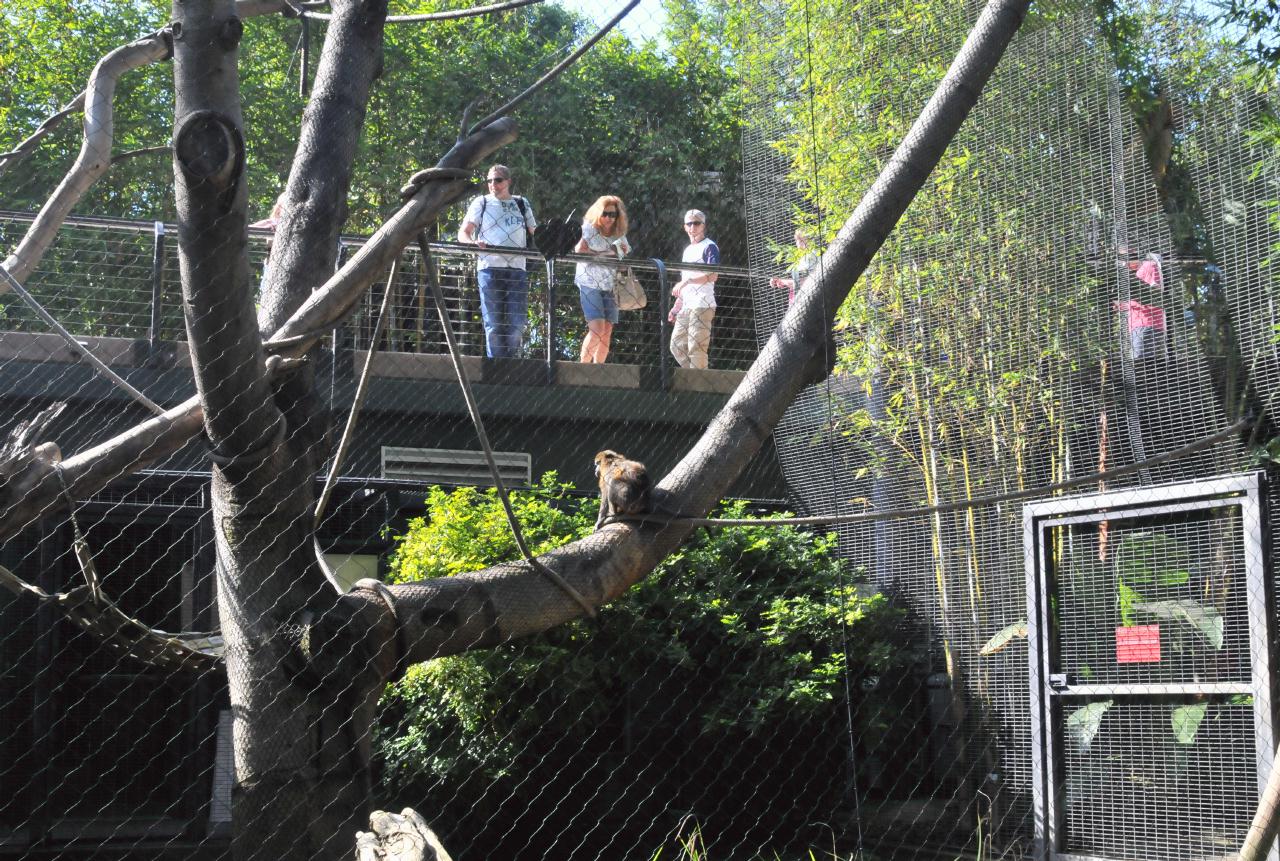 Monkeys are displayed in different ways, depending on the zoo. Some show them isolated on islands, while others show them behind a fence or glass while surrounded on three sides by a moat. Here, the monkeys were contained inside a huge metal screened tent.
San Diego Zoo 
 #BCX_9820 #BCX_9820
Add a comment or report a mistake
|
|
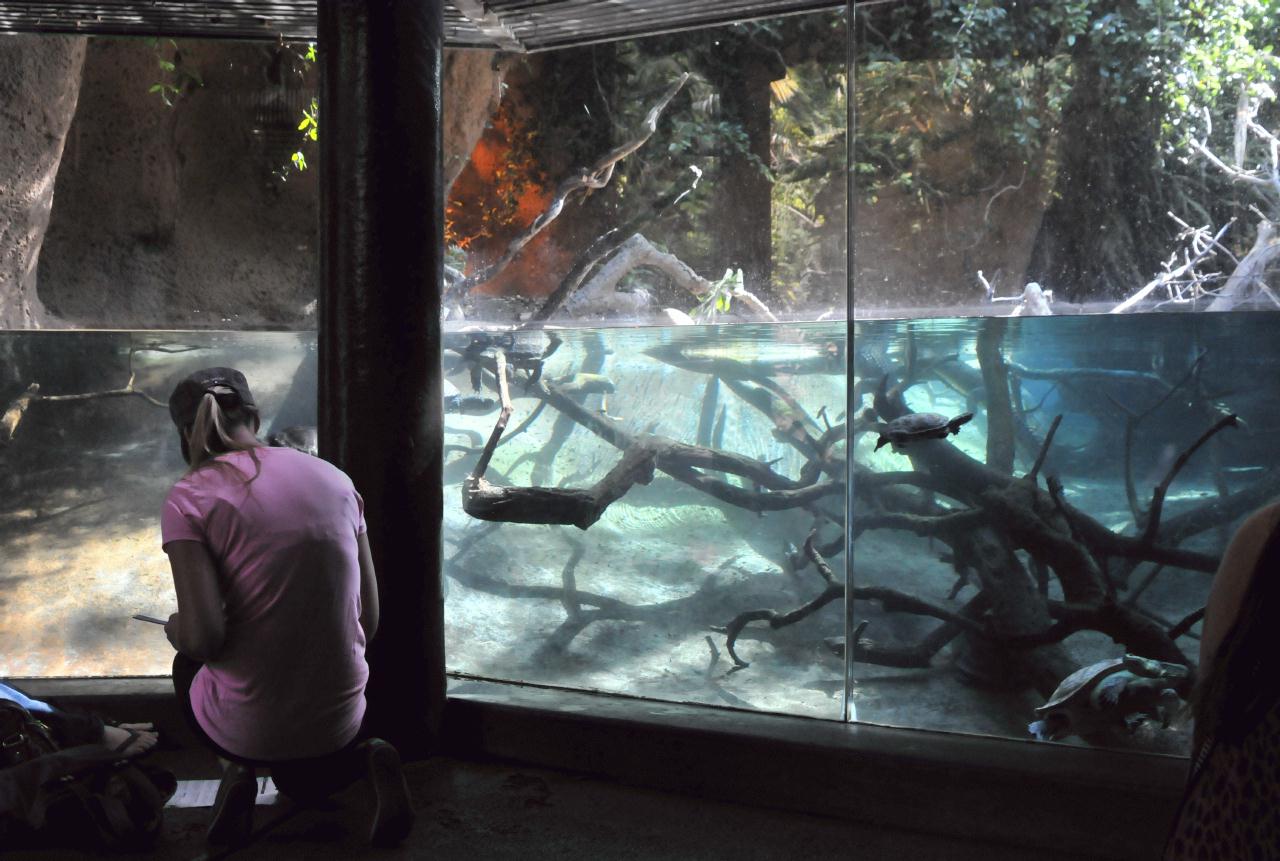 The turtle exhibit had one side slightly below ground so that the turtles could be watched swimming and submerged. Several different kinds of turtles were on display together.
San Diego Zoo 
 #BCX_9826 #BCX_9826
Add a comment or report a mistake
|
|
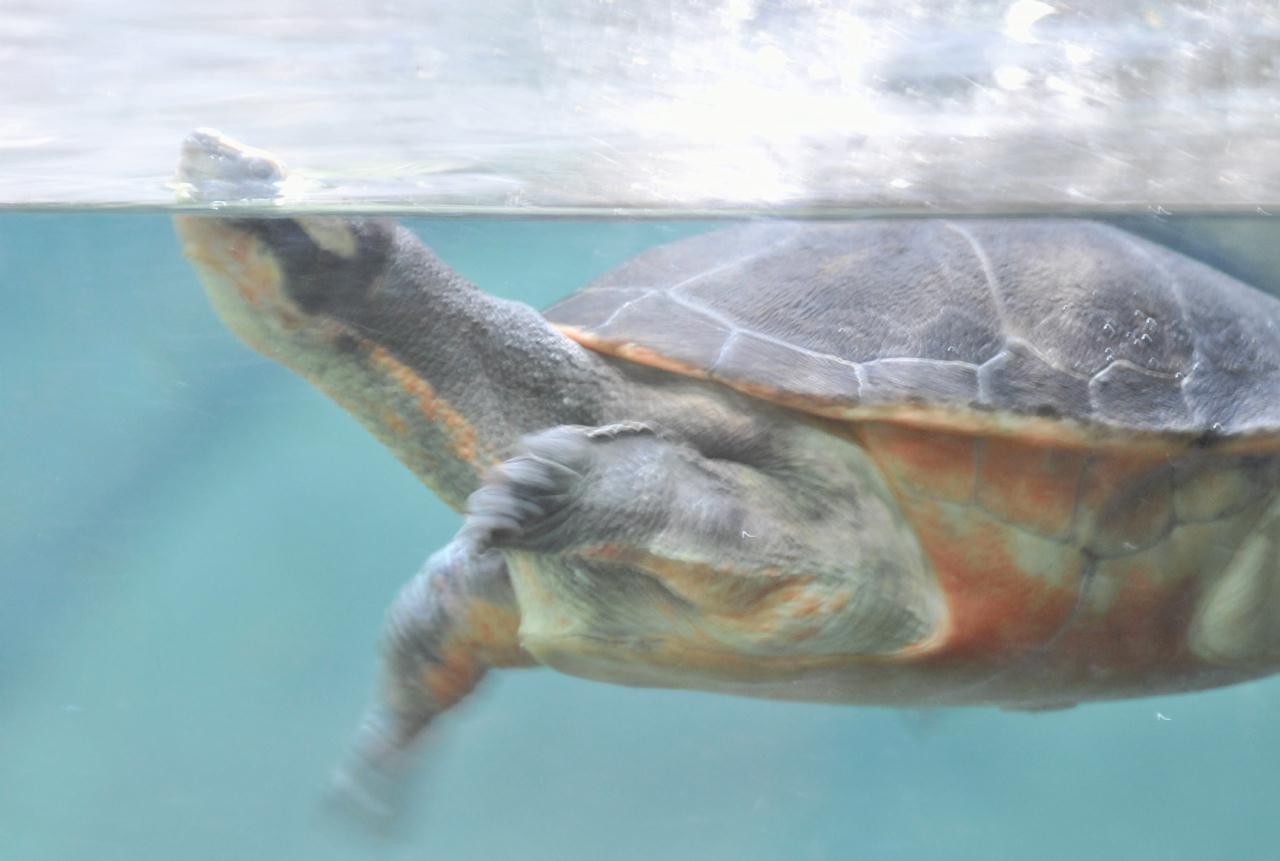 Here was one turtle found swimming near the glass in the turtle exhibit.
San Diego Zoo 
 #TNT_9261 #TNT_9261
Add a comment or report a mistake
|
|
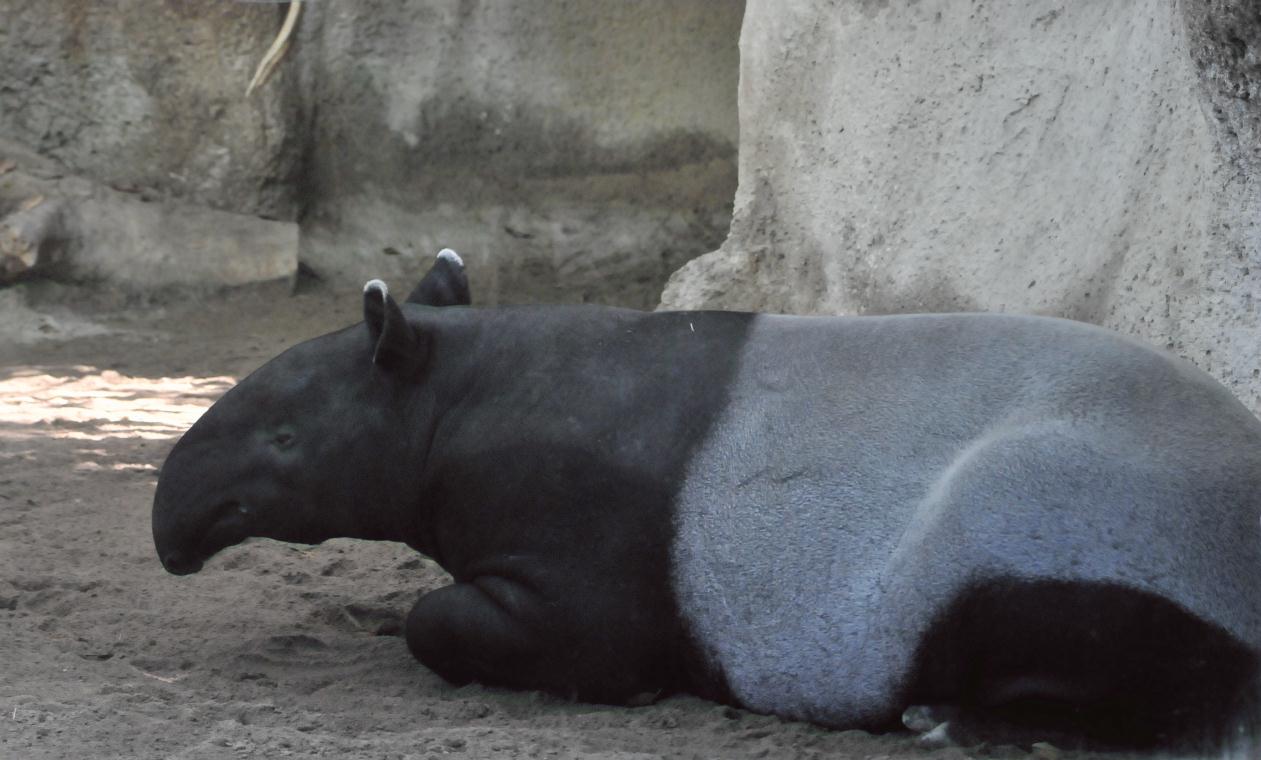 A Malayan Tapir (Tapirus indicus) rested near a rock. The Malayan Tapir ranges from Myanmar south to Sumatra, and is considered an endangered animal.
San Diego Zoo 
 #BCX_9835 #BCX_9835
Add a comment or report a mistake
|
|
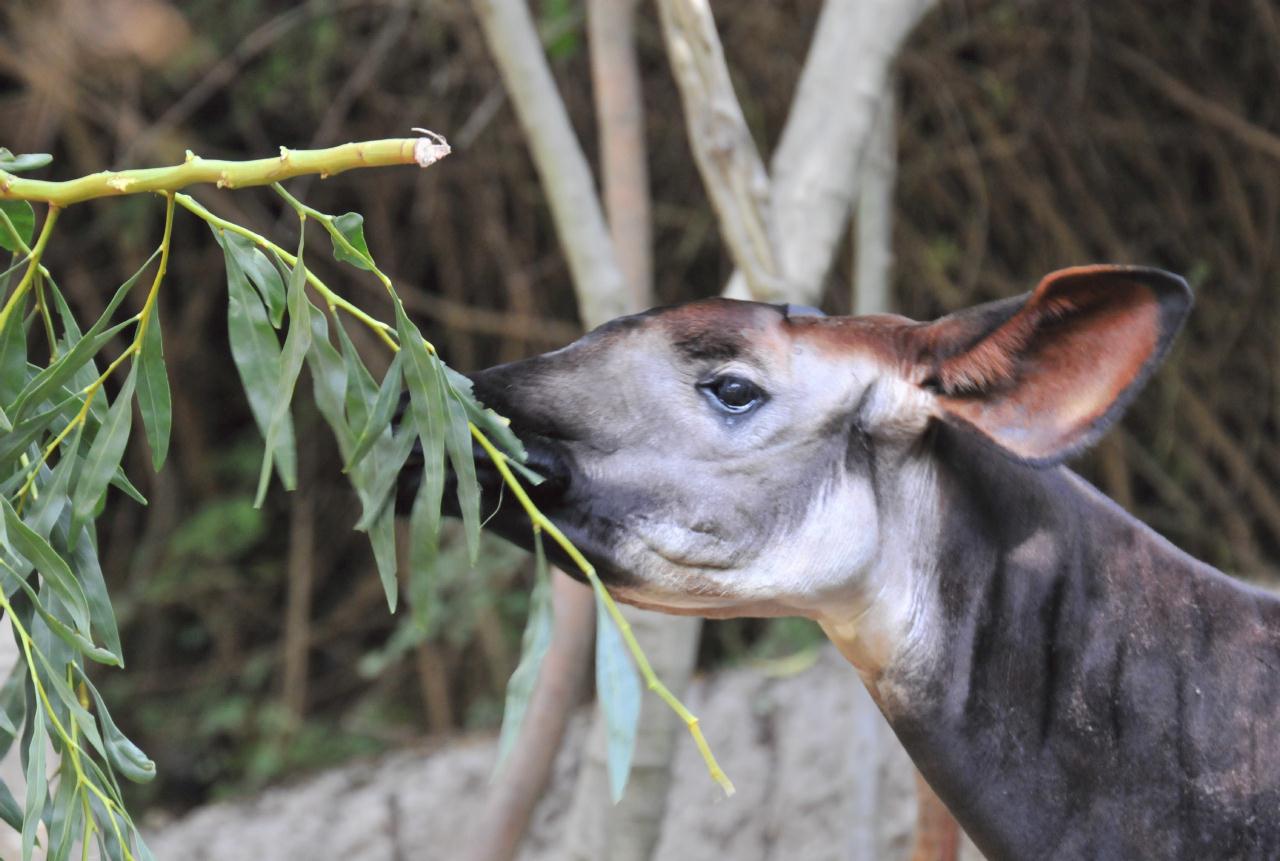 This Okapi was snacking on leaves offered to it. The Okapi is the only living relative of the Giraffe.
San Diego Zoo 
 #TNT_9273 #TNT_9273
Add a comment or report a mistake
|
|
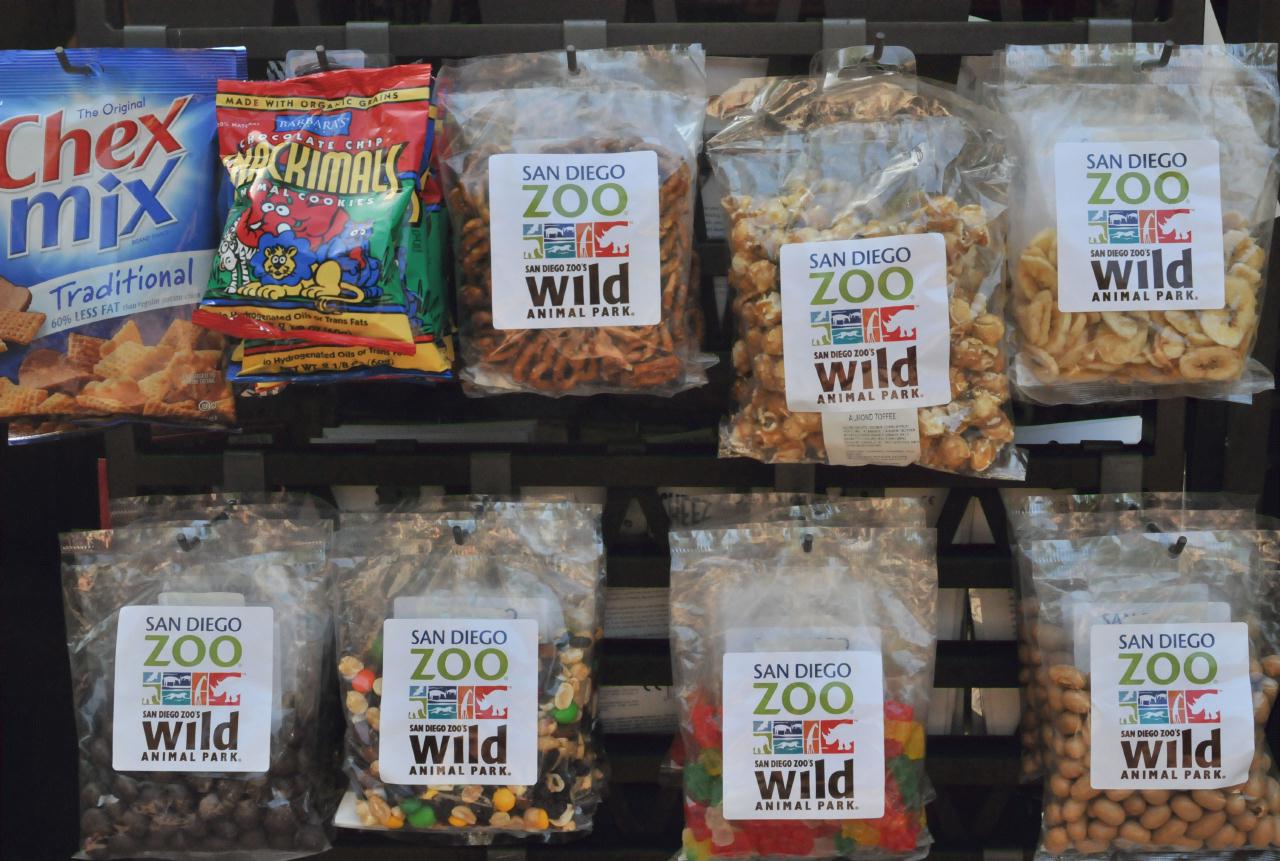 In the prior shot, an Okapi was shown snacking on leaves. In case animal hunger rubbed off on humans, snacks were also for sale in many handy kiosks and gift shops found along the trails.
San Diego Zoo 
 #BCX_9859 #BCX_9859
Add a comment or report a mistake
|
|
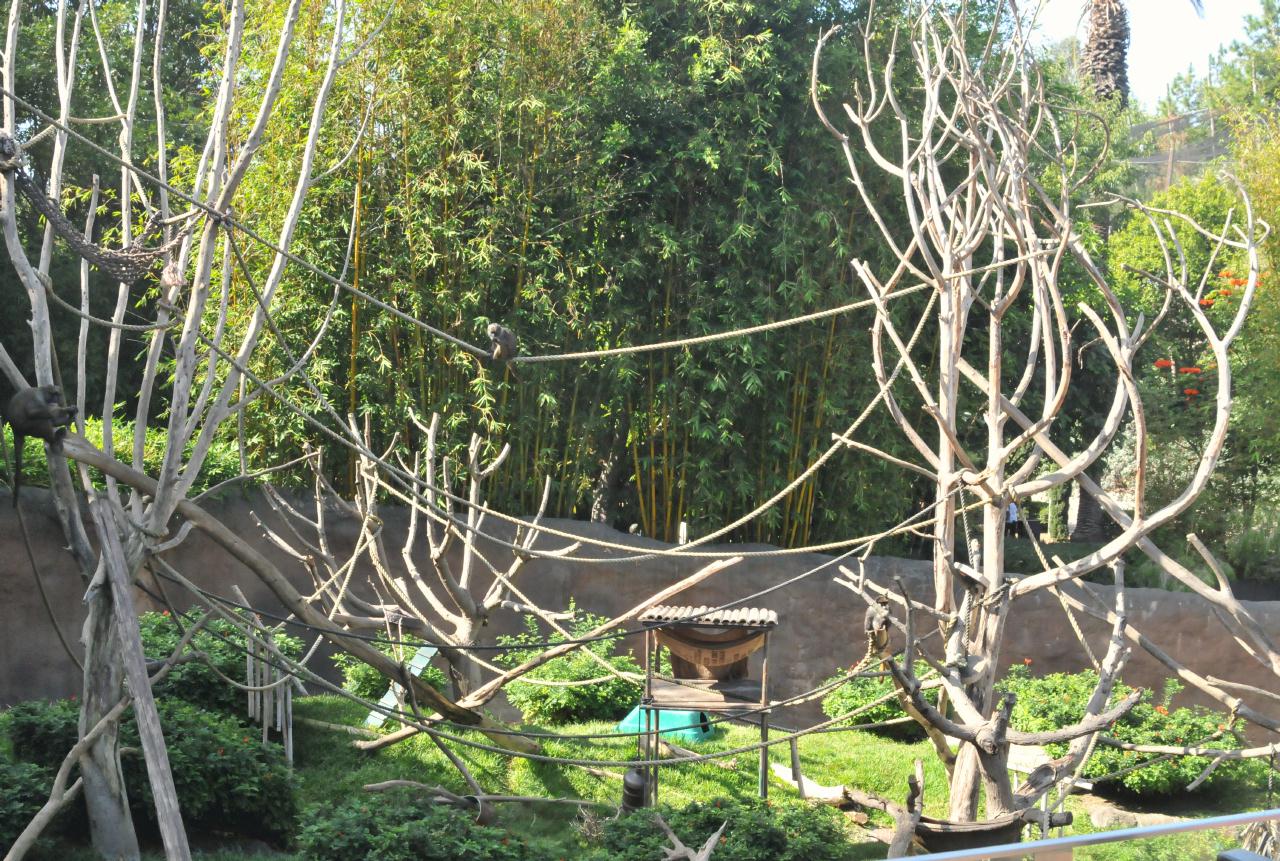
A huge enclosure held a group of Schmidt's Spot-nosed Guenon (Cercopithecus ascanius schmidti).
The Guenons
San Diego Zoo 
 #BCX_9860 #BCX_9860
Add a comment or report a mistake
|
|
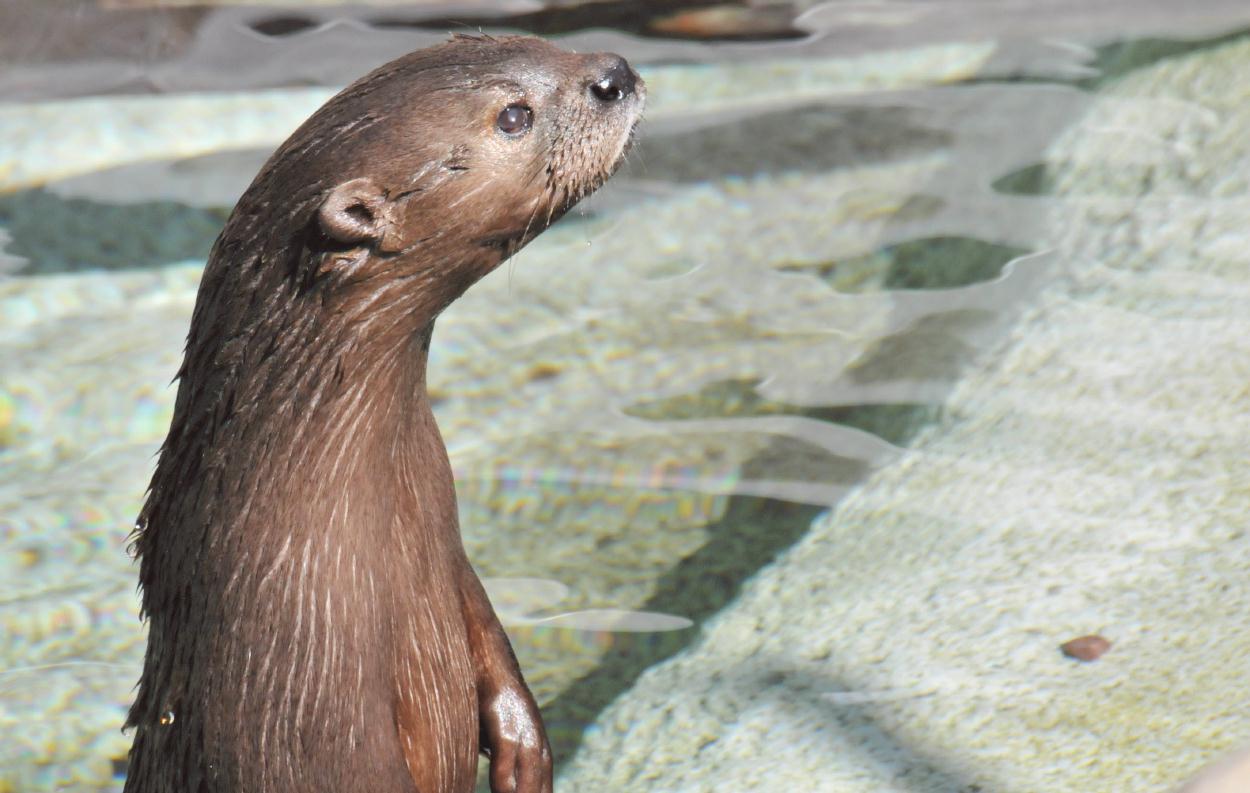
African Spot-necked Otter (Lutra maculicollis)
San Diego Zoo 
 #TNT_9293 #TNT_9293
Add a comment or report a mistake
|
|
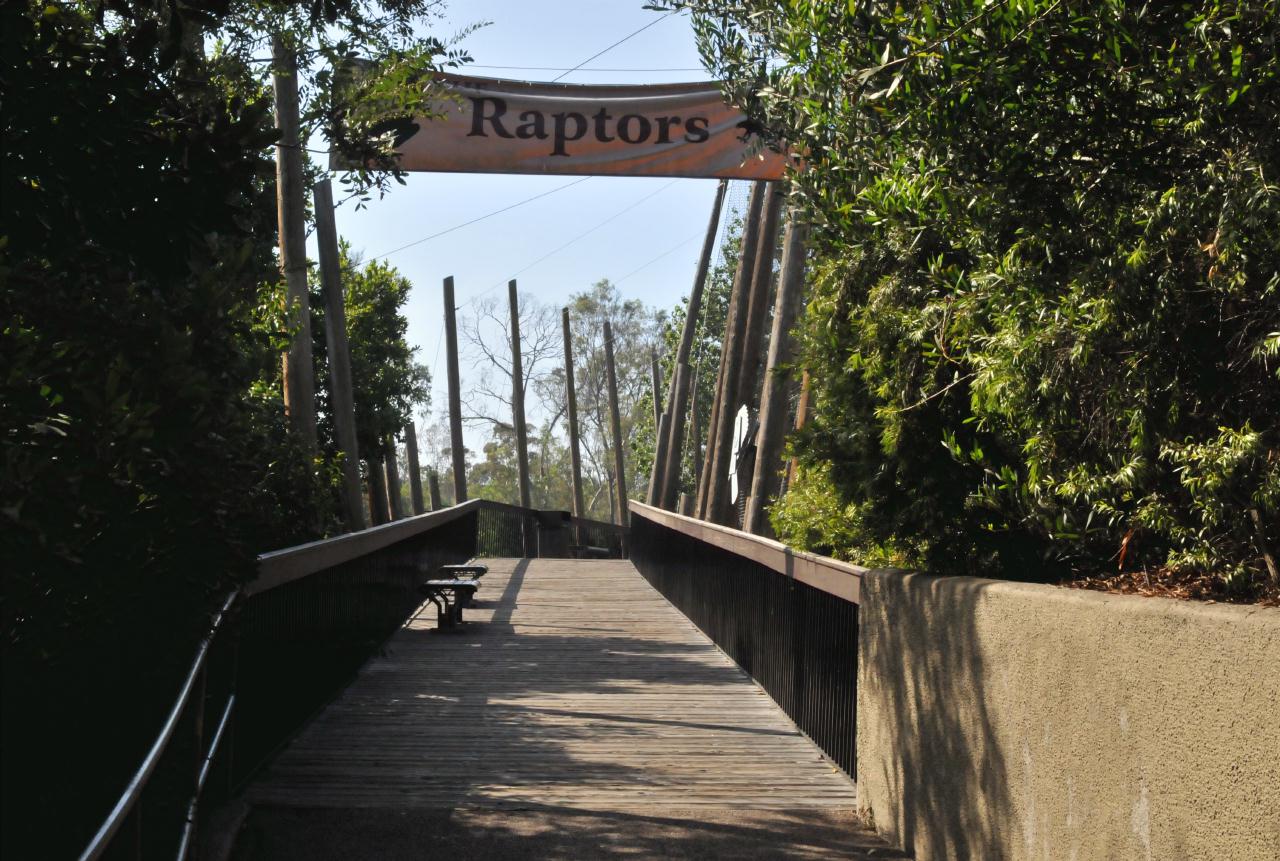 The elevated path that led to the Raptor exhibits, such as eagles and hawks.
San Diego Zoo 
 #BCX_9874 #BCX_9874
Add a comment or report a mistake
|
|
 The Steller's Sea Eagles (Haliaeetus pelagicus) were in a huge enclosure, large enough so they could freely fly. They are found along the northeast coast of Russia.
San Diego Zoo 
 #BCX_9878 #BCX_9878
Add a comment or report a mistake
|
|
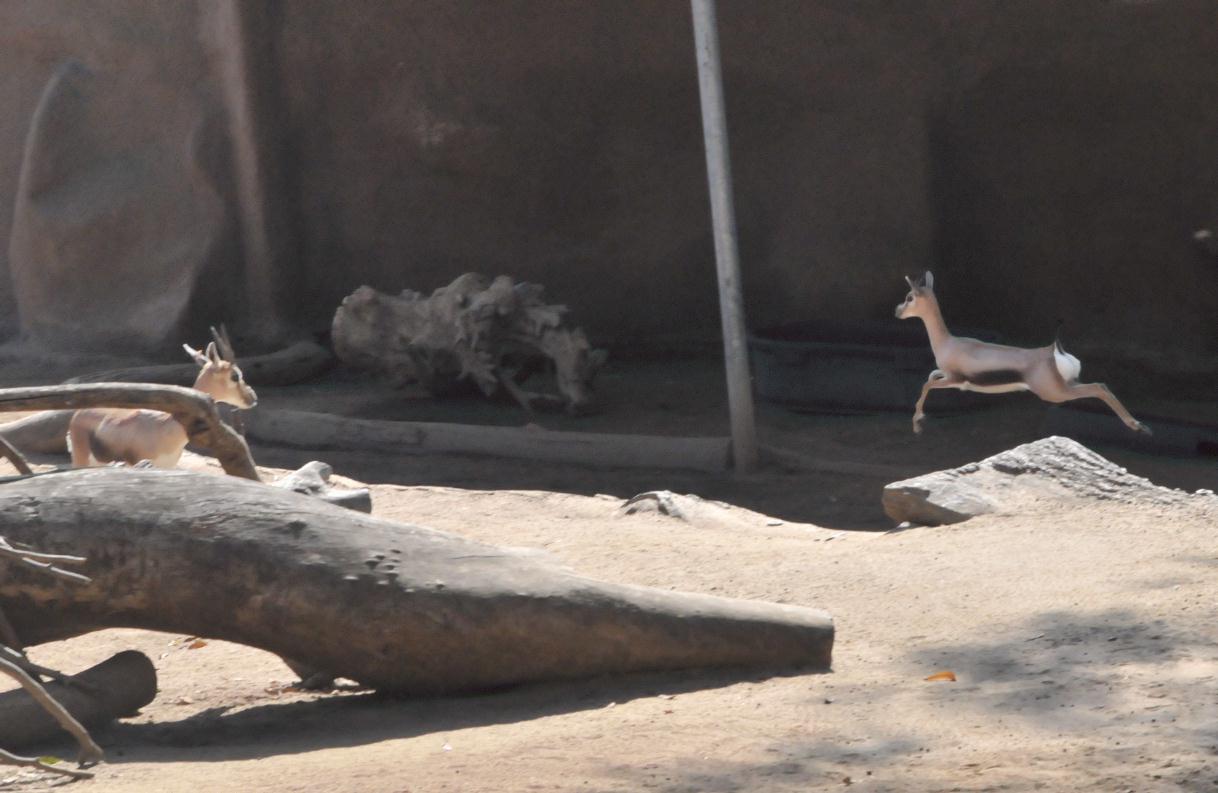 Speke's Gazelle (Gazella spekei) liked to run. This one was dashing from one end of the enclosure to another in happy bounds. The Speke's Gazelle is found in dry open country and grassland from Eastern Ethiopia to Somalia.
San Diego Zoo 
 #BCX_9868 #BCX_9868
Add a comment or report a mistake
|
|
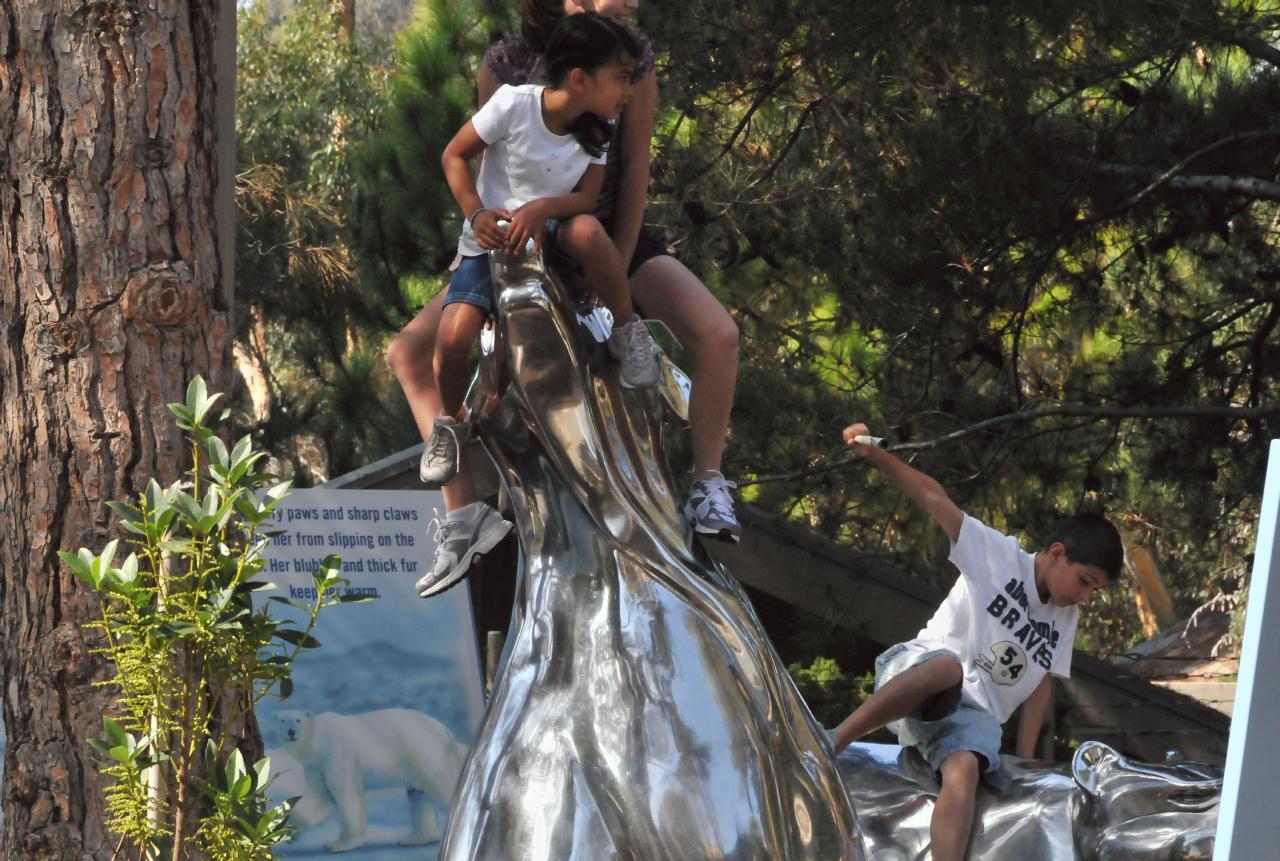
A polar bear statue in shiny chrome was in the playground just outside the Polar Bear
San Diego Zoo 
 #BCX_9889 #BCX_9889
Add a comment or report a mistake
|
|
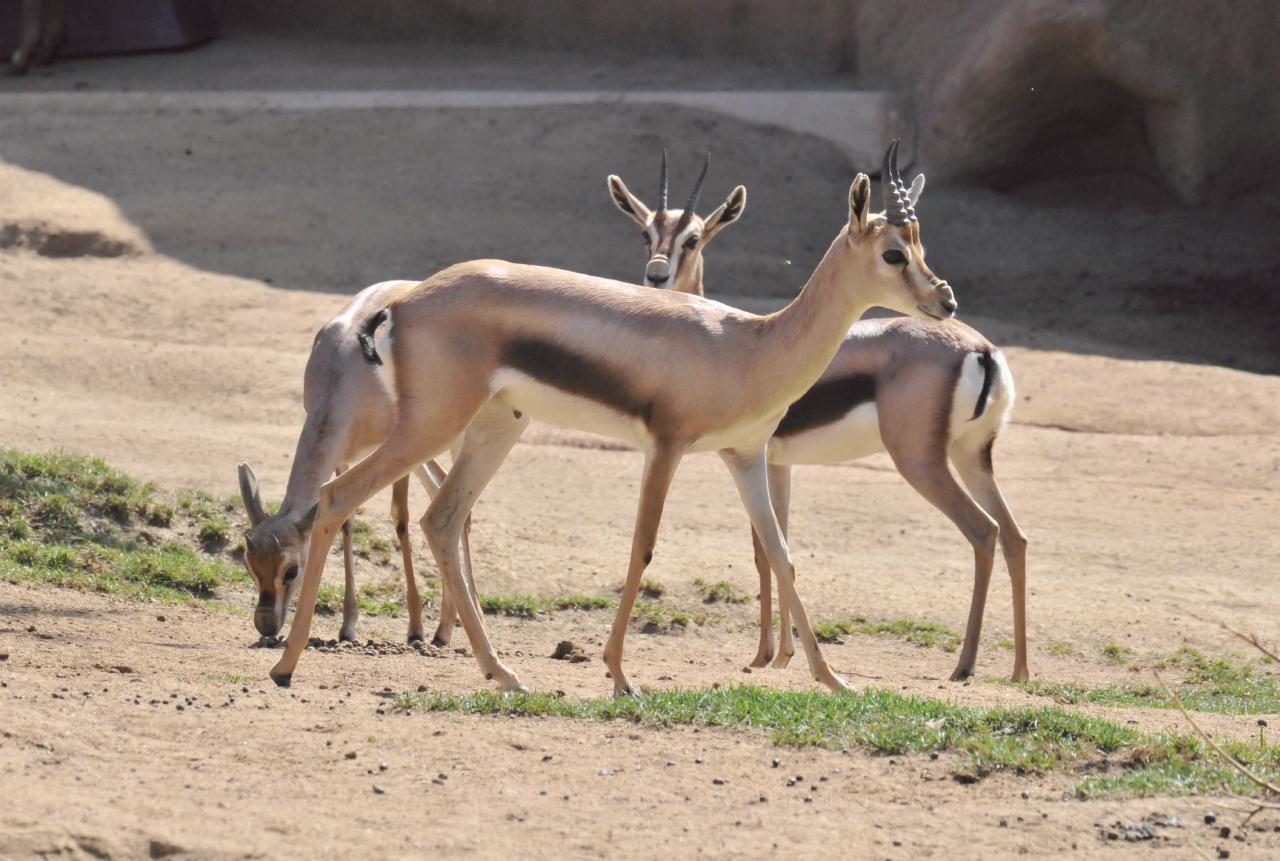 Southern Gerenuk (Litocranius walleri walleri) clustered in the center of their exhibit area. Their habitat is dry country with a light covering of brush and thorn scrub. They range from South Somalia to Tanzania.
San Diego Zoo 
 #TNT_9336 #TNT_9336
Add a comment or report a mistake
|
|
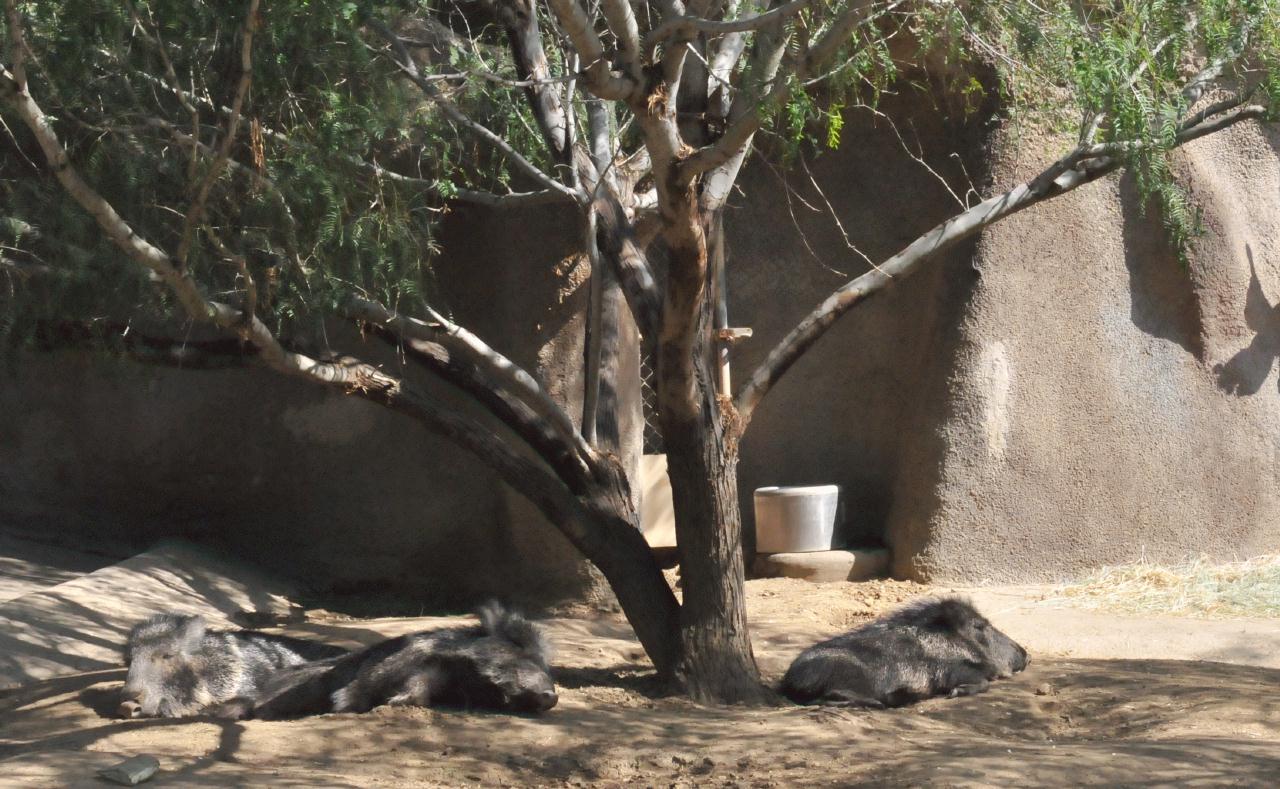
Three Chacoan Peccarys napped under the shade of a tree.
The Chacoan Peccary (Catagonus wagneri)
San Diego Zoo 
 #BCX_9908 #BCX_9908
Add a comment or report a mistake
|
|
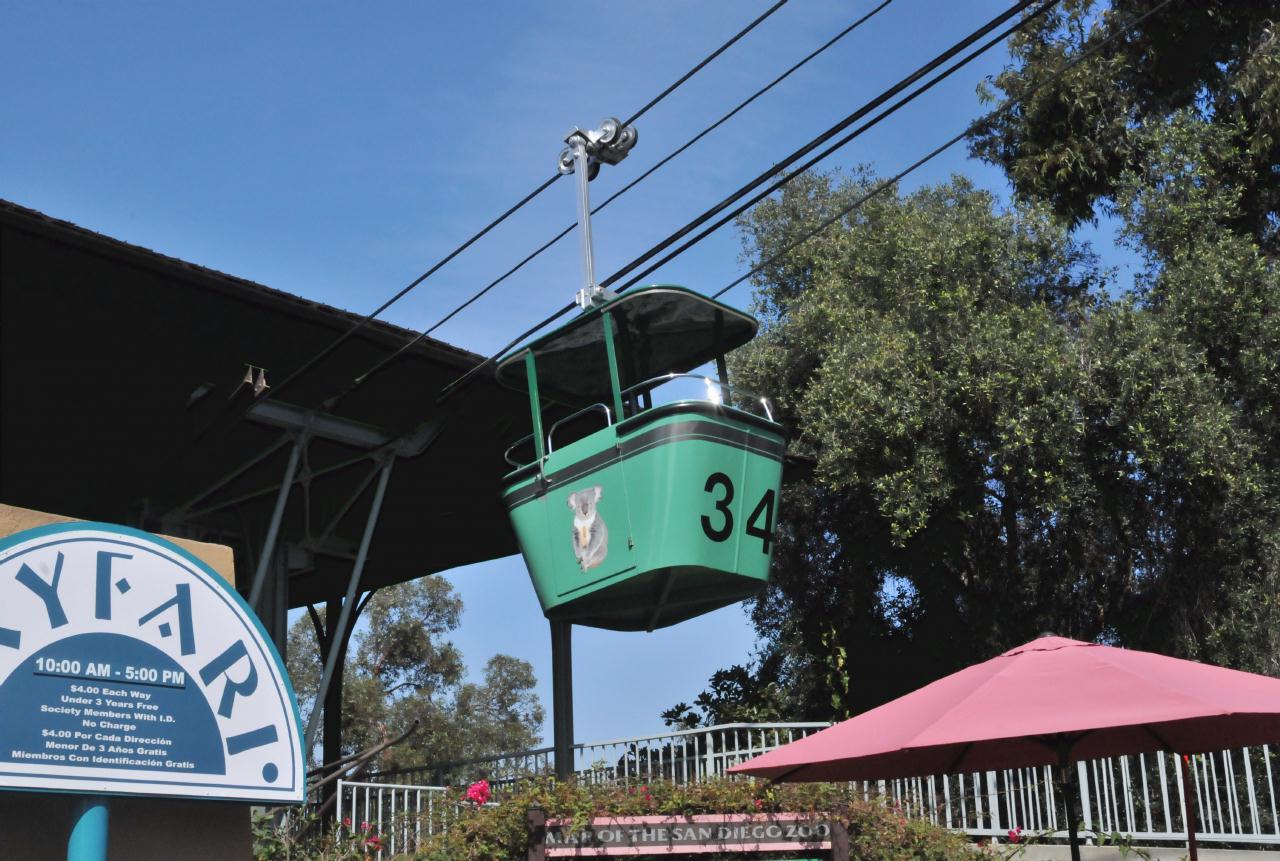 The Skyfari Gondola Ride is an elevated tour of the park from the air. It runs from one end of the zoo to the other. Movement of the ride can create a pleasant breeze on a hot day.
San Diego Zoo 
 #BCX_9910 #BCX_9910
Add a comment or report a mistake
|
|
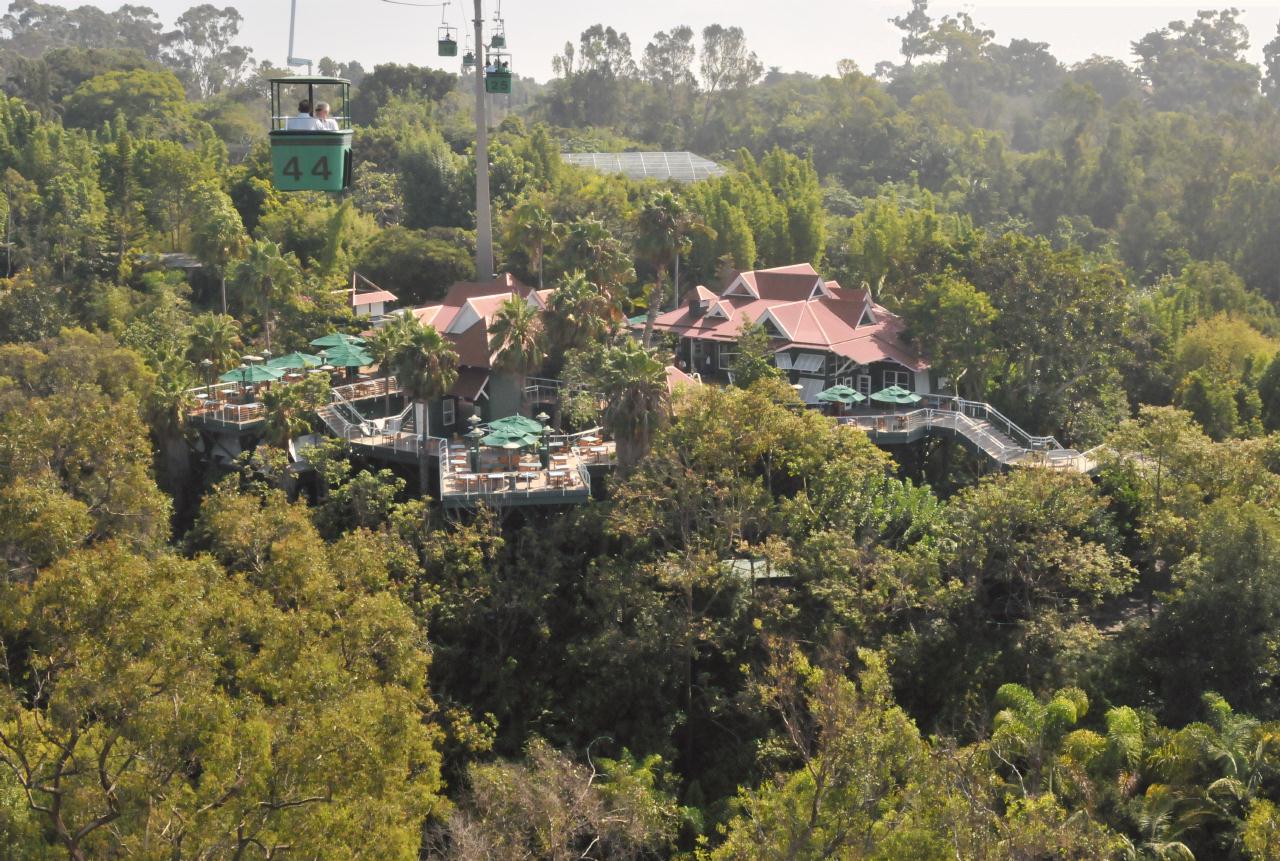 Seen from the gondola ride was the huge restaurant and conference complex in the center of the park.
San Diego Zoo 
 #BCX_9916 #BCX_9916
Add a comment or report a mistake
|
|
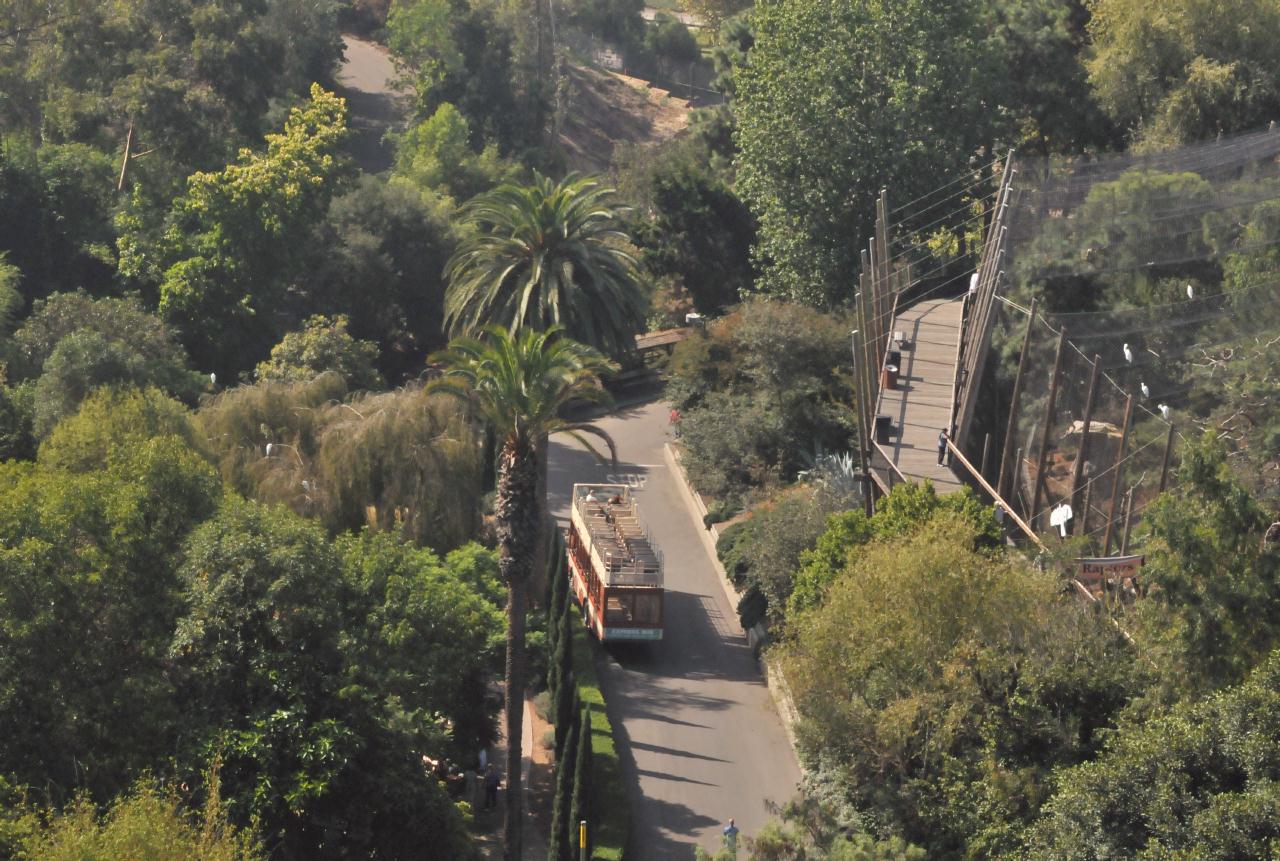 Seen from the gondola ride was the raptor cages with their elevated walkway. Also note the double-decker buses that ran at ground level for those less able or willing to walk.
San Diego Zoo 
 #BCX_9921 #BCX_9921
Add a comment or report a mistake
|
|
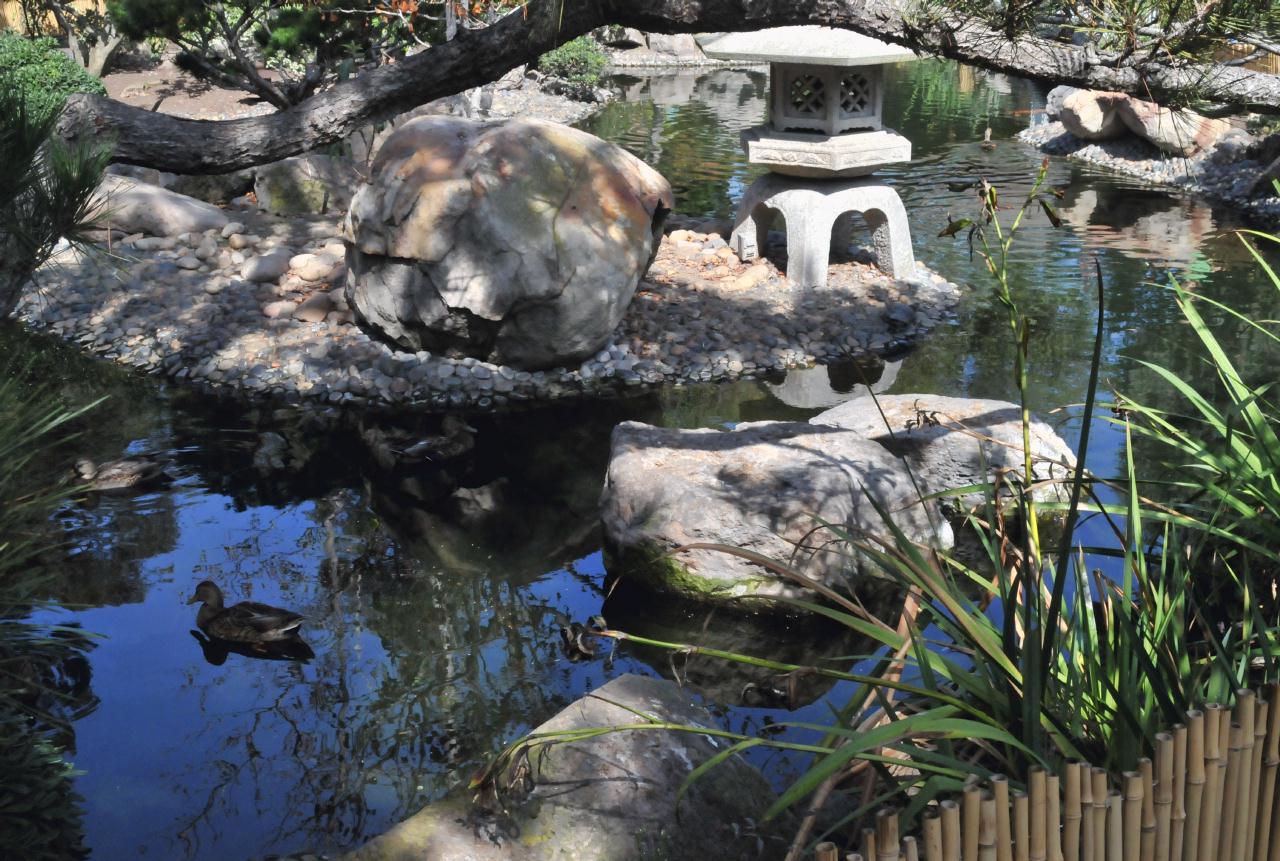 Near the zoo entrance was the Terrace Lagoon, a calm getaway with many wild ducks, turtles, and koi.
San Diego Zoo 
 #BCX_9943 #BCX_9943
Add a comment or report a mistake
|
|
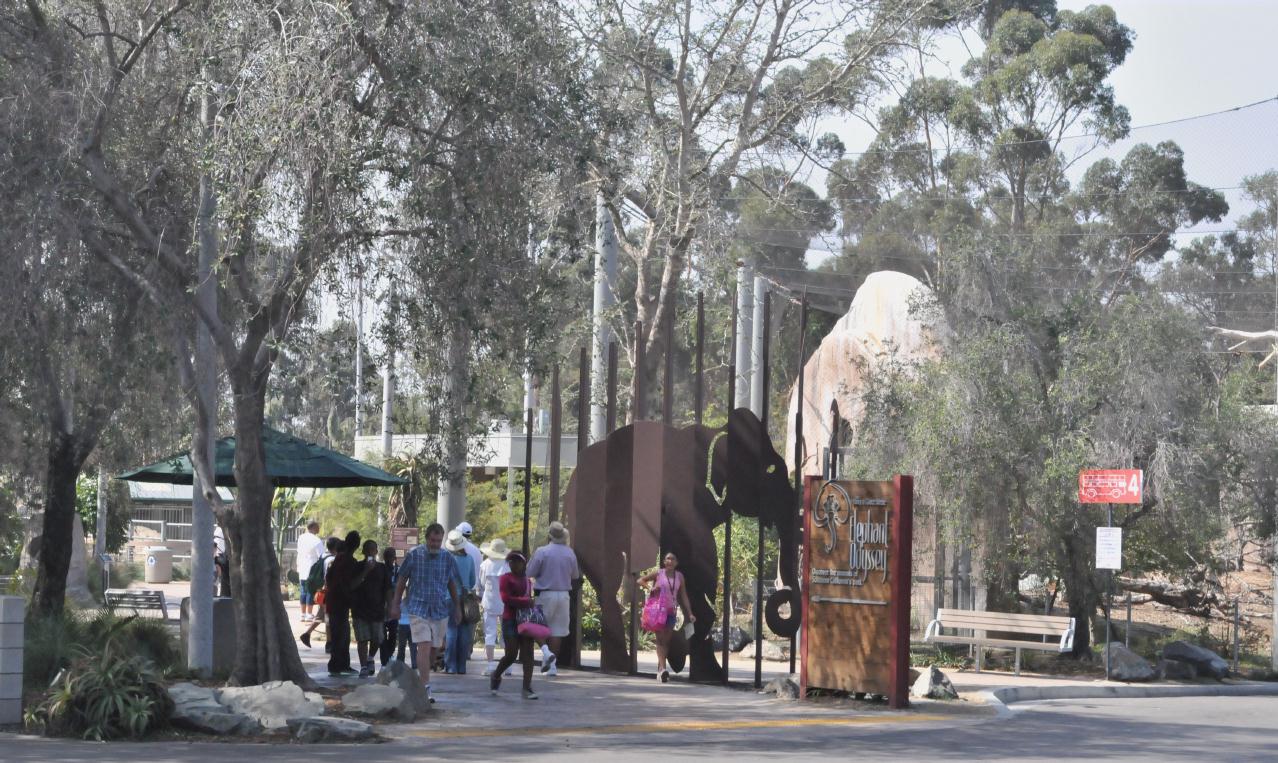 The entrance to Elephant Odyssey located near the back of the zoo. In addition to historic information about elephants and their ancestors, the Elephant Odyssey also had many hands-on learning exhibits.
San Diego Zoo 
 #BCX_9968 #BCX_9968
Add a comment or report a mistake
|
|
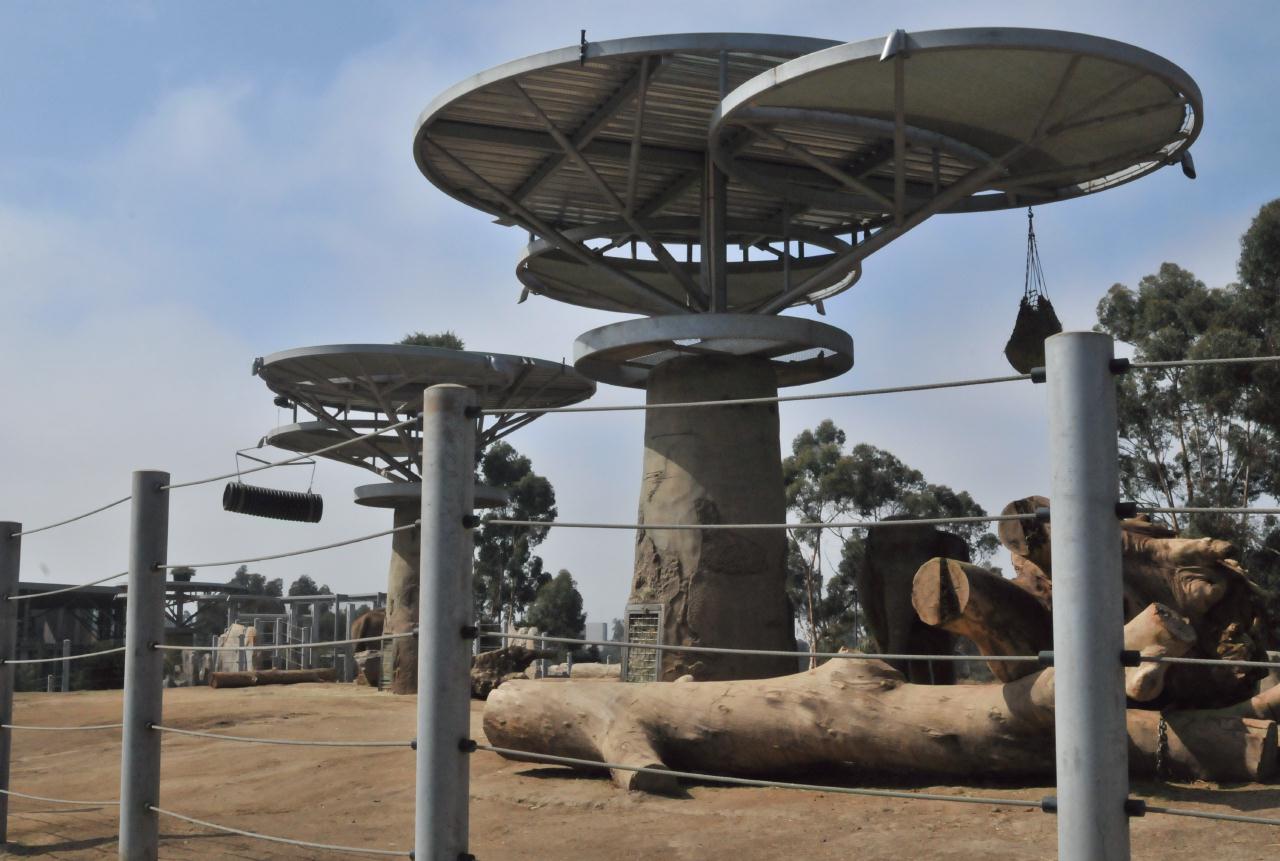 A recently new African Elephant Enclosure with widely spaced stout cables between the public and the elephants. Note the elevated pods from which entertaining treat puzzles could be suspended.
San Diego Zoo 
 #BCX_9973 #BCX_9973
Add a comment or report a mistake
|
|
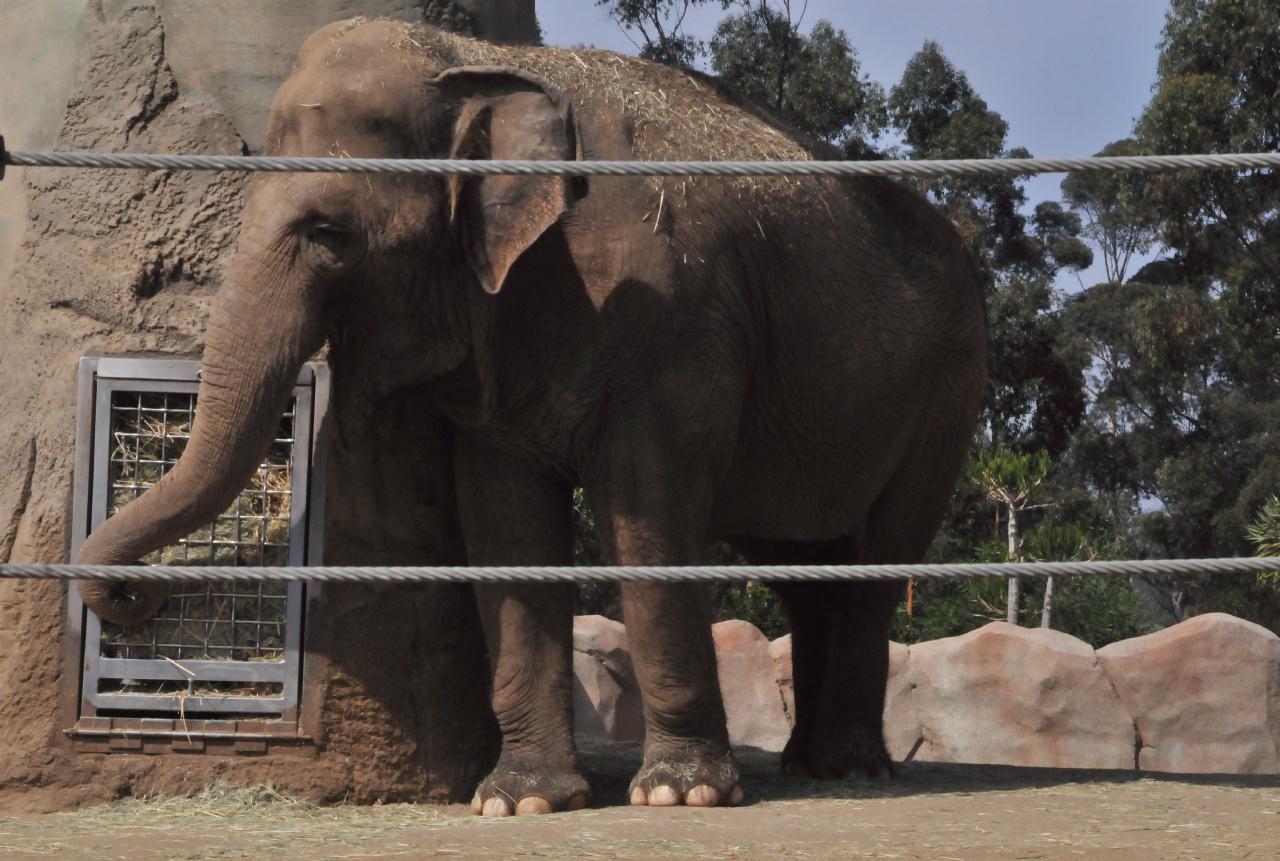 An African Elephant stood by a rock with a food dispenser in its side. The elephant was calmly working food free and eating a morsel at a time.
San Diego Zoo 
 #BCX_9975 #BCX_9975
Add a comment or report a mistake
|
|
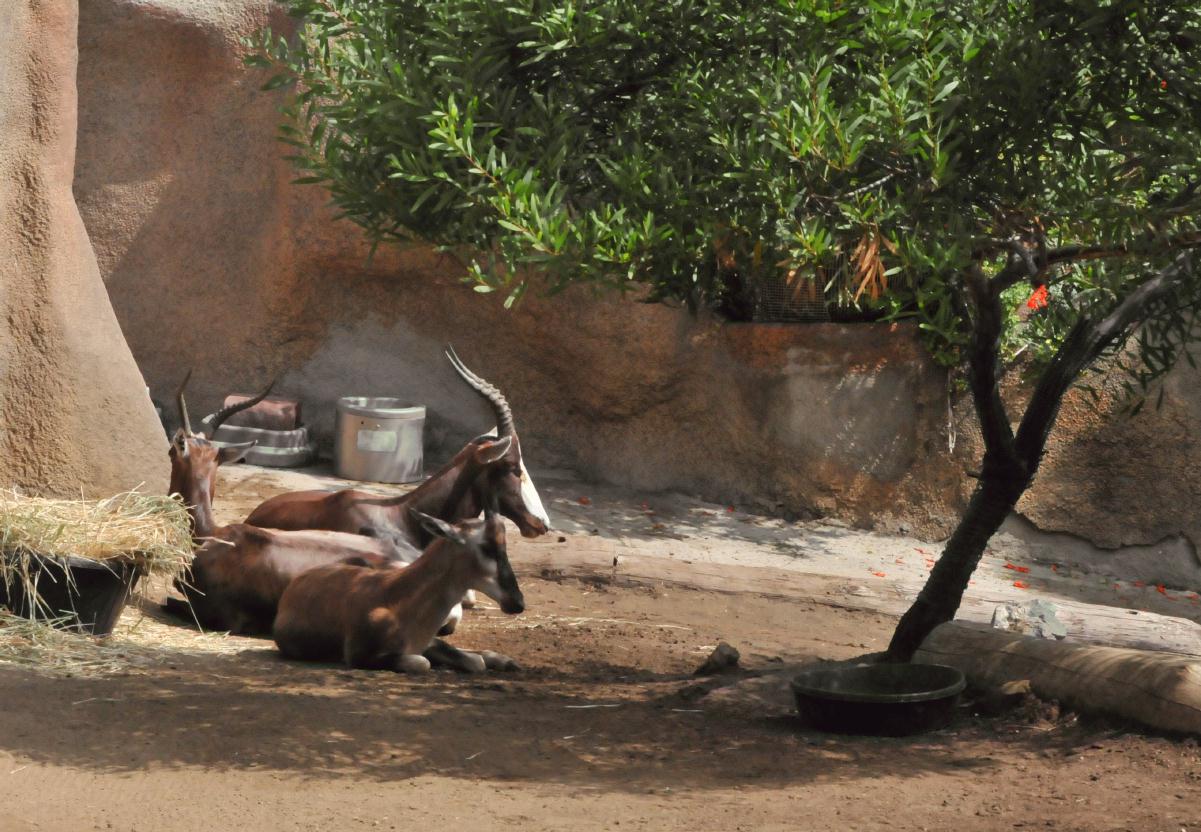 Bontebok (Damaliscus dorcas dorcas) relaxed under a shade tree. The Bontebok is found in South Cape Province, South Africa. The Bontebok is endangered.
San Diego Zoo 
 #BCY_0013 #BCY_0013
Add a comment or report a mistake
|
|

A few of the zoo's Lion-Tailed Macaque were available to watch. More than three dozen
Lion-Tailed Macaques have been bred in captivity here at the zoo, but most are not on
exhibit to the public, but are rather kept at the Center for the Reproduction of Endangered Species
San Diego Zoo 
 #BCY_0031 #BCY_0031
Add a comment or report a mistake
|
|
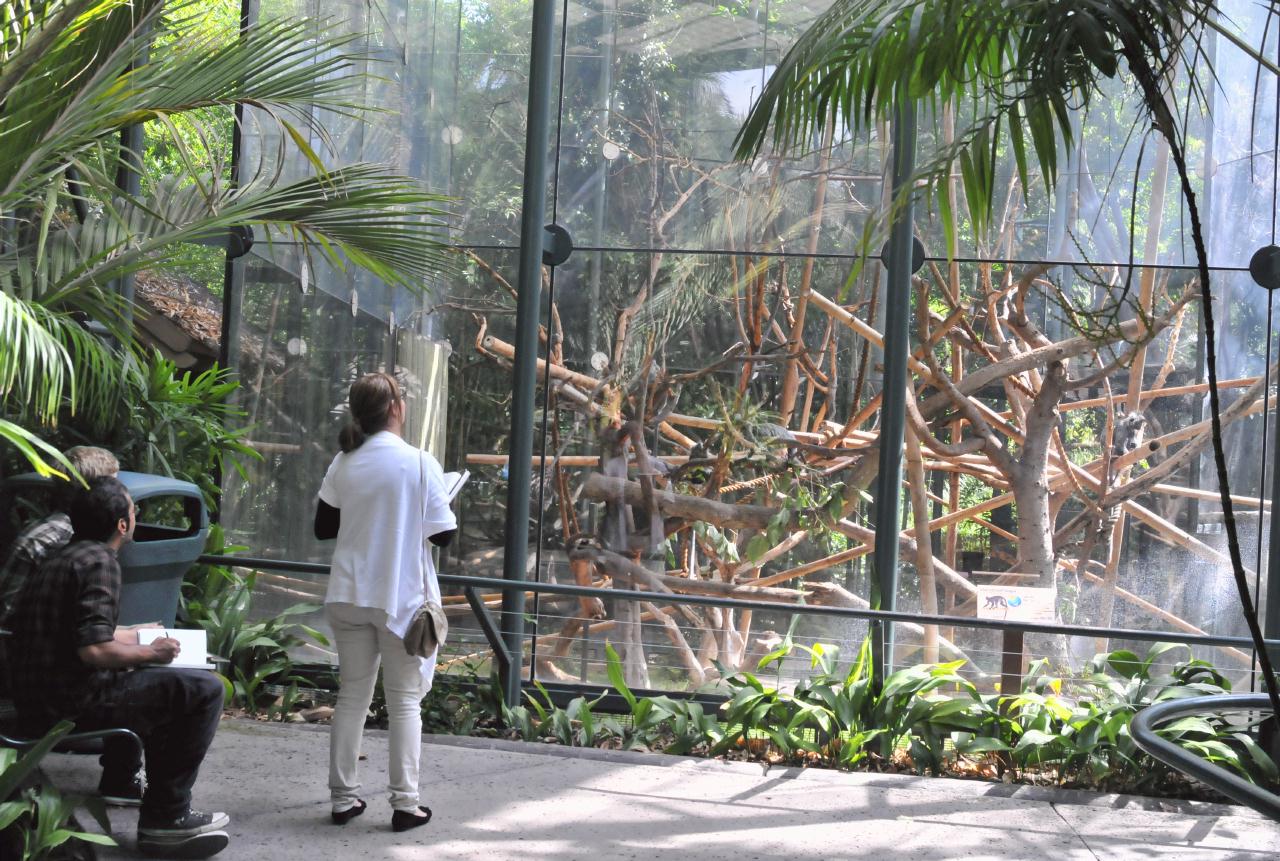 One enclosure was being used for art studies. Many artists were seen throughout the zoo sketching animals, or (like us) photographing them.
San Diego Zoo 
 #BCY_0035 #BCY_0035
Add a comment or report a mistake
|
|
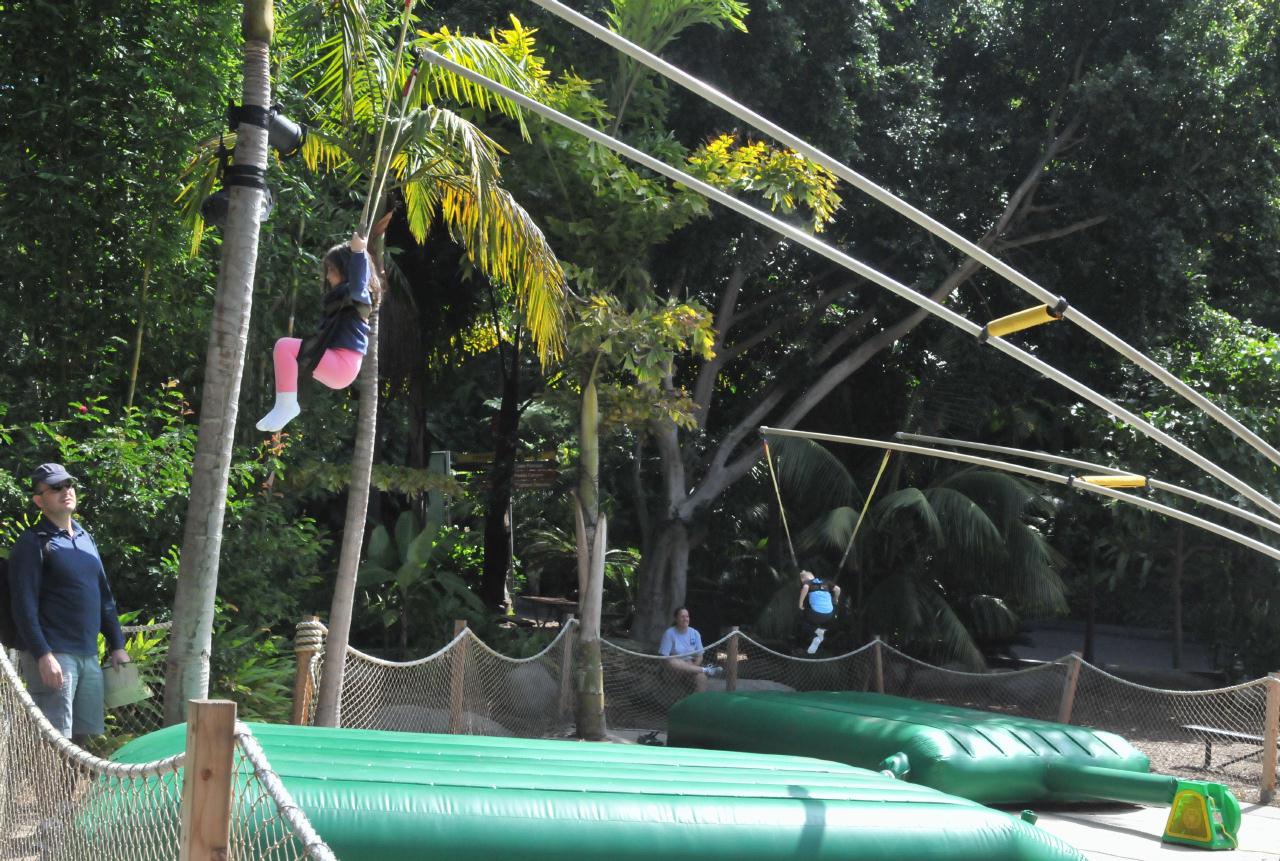 One of several paid activities for the very young were these bouncing rides. Here kids could bounce safely while suspended from long fiberglass rods.
San Diego Zoo 
 #BCY_0038 #BCY_0038
Add a comment or report a mistake
|
|
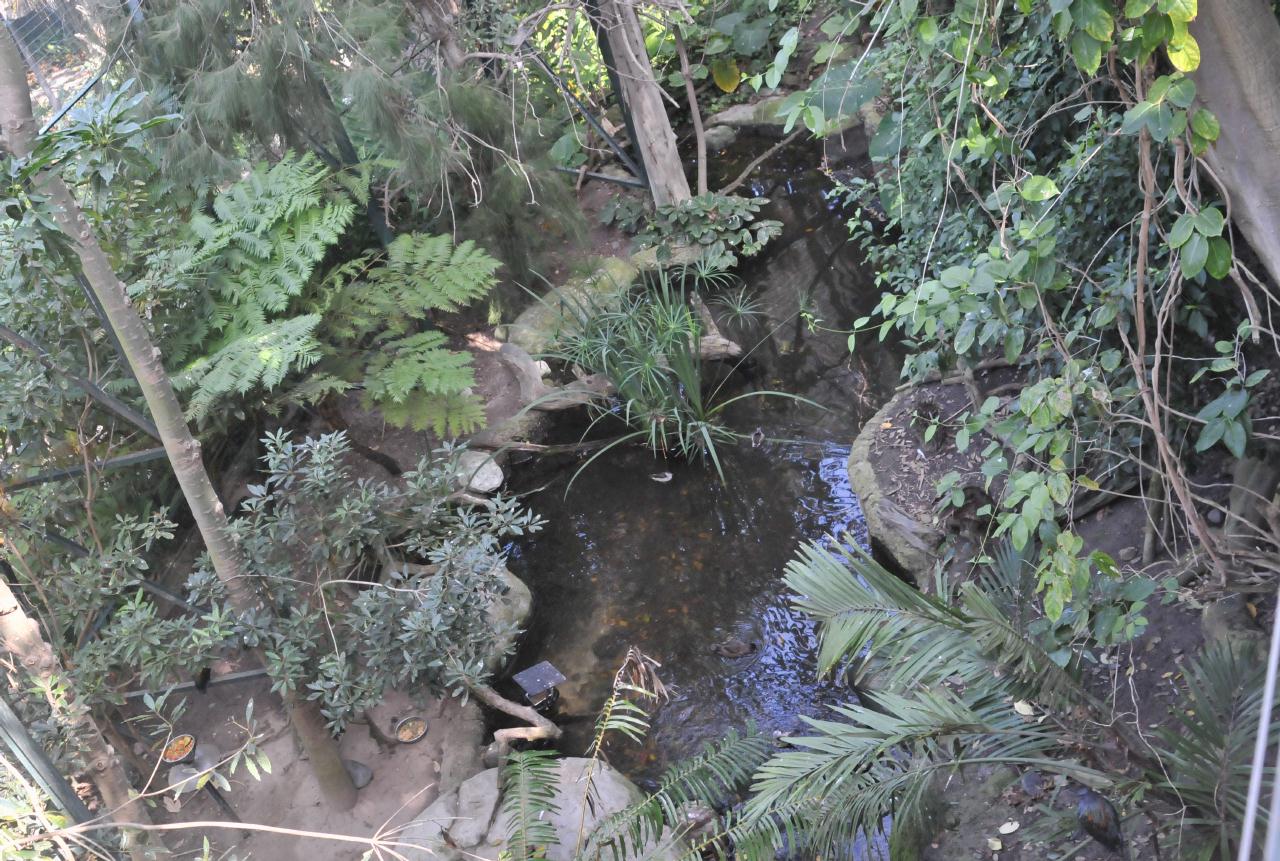 The zoo featured a three story high aviary filled with hundreds of birds. This shot looks down into the aviary from the second story. Paths ran through all three levels.
San Diego Zoo 
 #BCY_0043 #BCY_0043
Add a comment or report a mistake
|
|
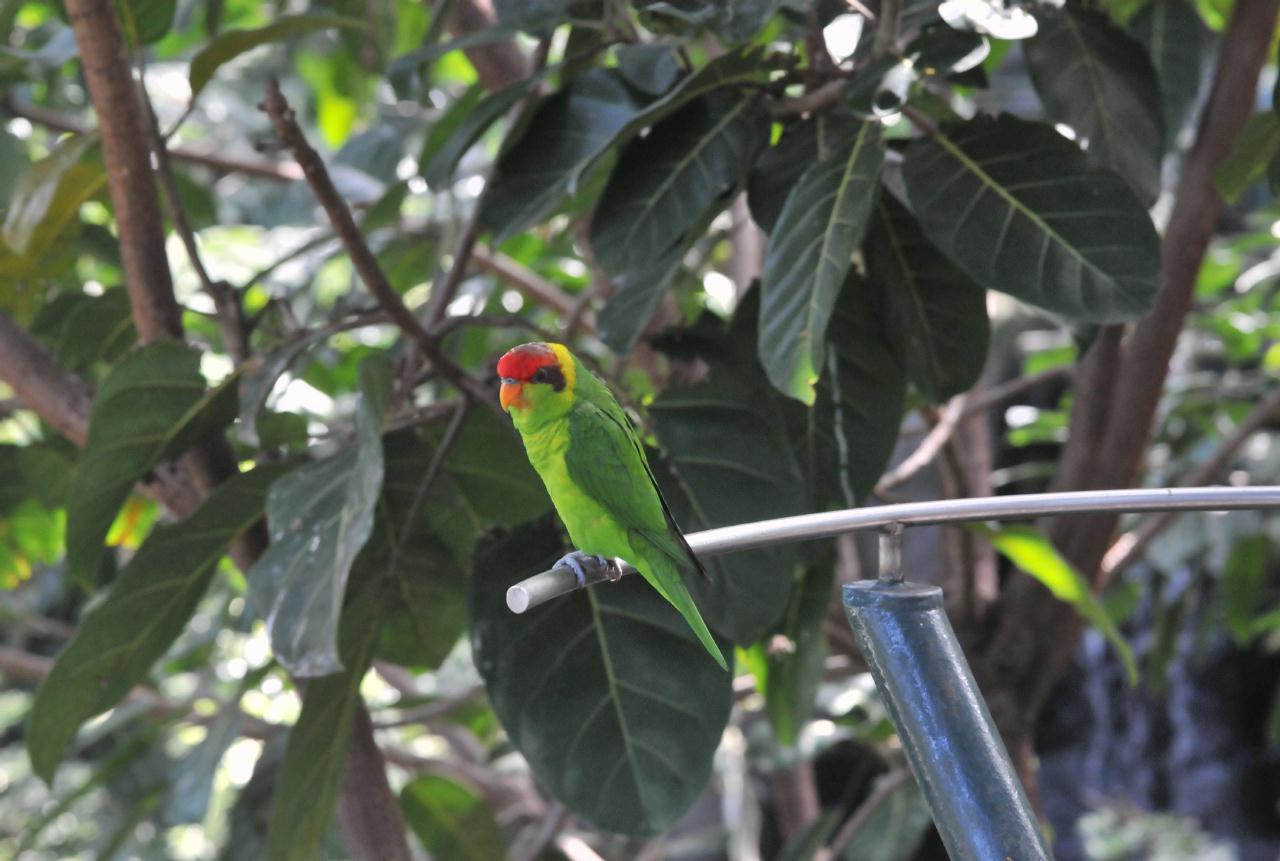 A typical bird found inside the aviary. Many would sit right on the rail for easy photography using a wide lens (here 70mm on a Nikon D300).
San Diego Zoo 
 #BCY_0046 #BCY_0046
Add a comment or report a mistake
|
|
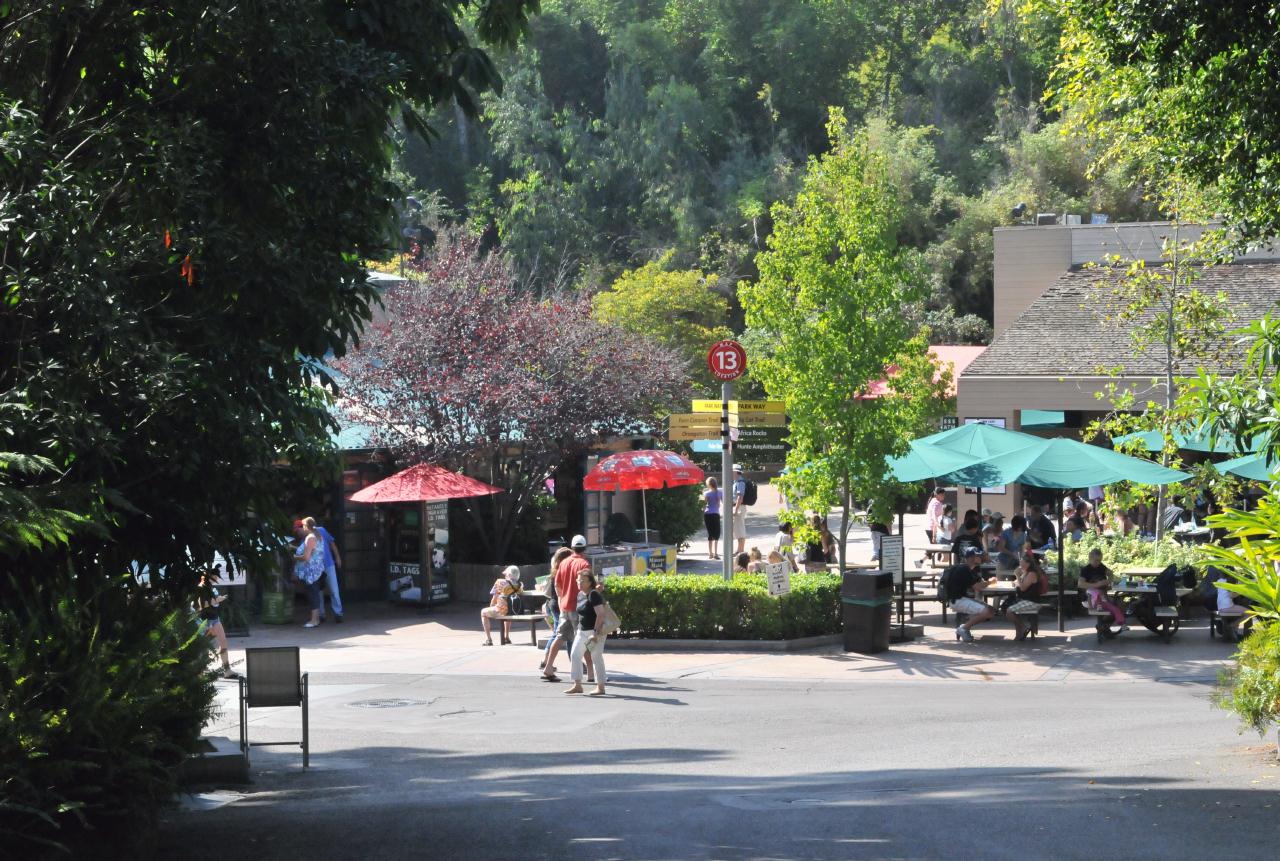 At strategic locations throughout the zoo were collections of small snack vendors and gift vendors. In the center were arrows pointing to all the different destinations.
San Diego Zoo 
 #BCY_0068 #BCY_0068
Add a comment or report a mistake
|
 |
| home • contact • topic guide • top 25 • photos • video • writing • blogs • upload • terms • privacy |